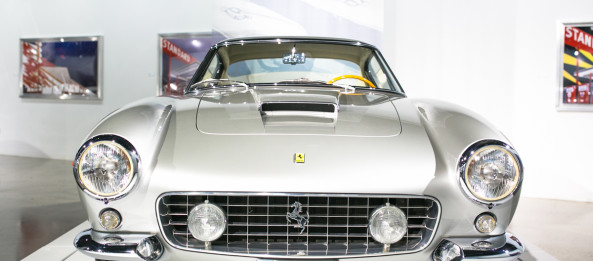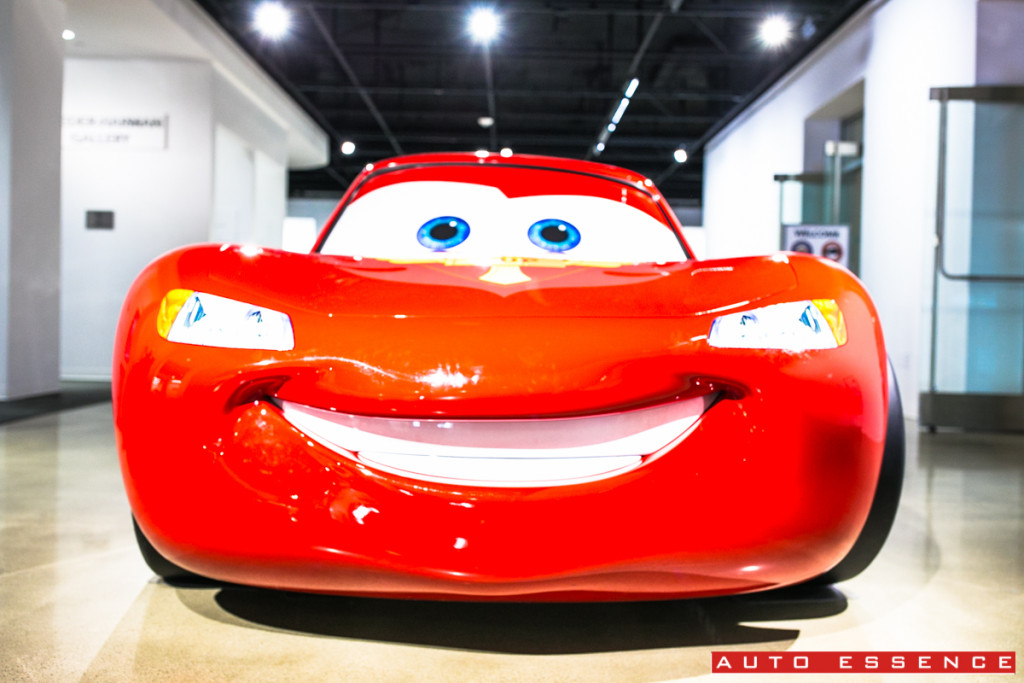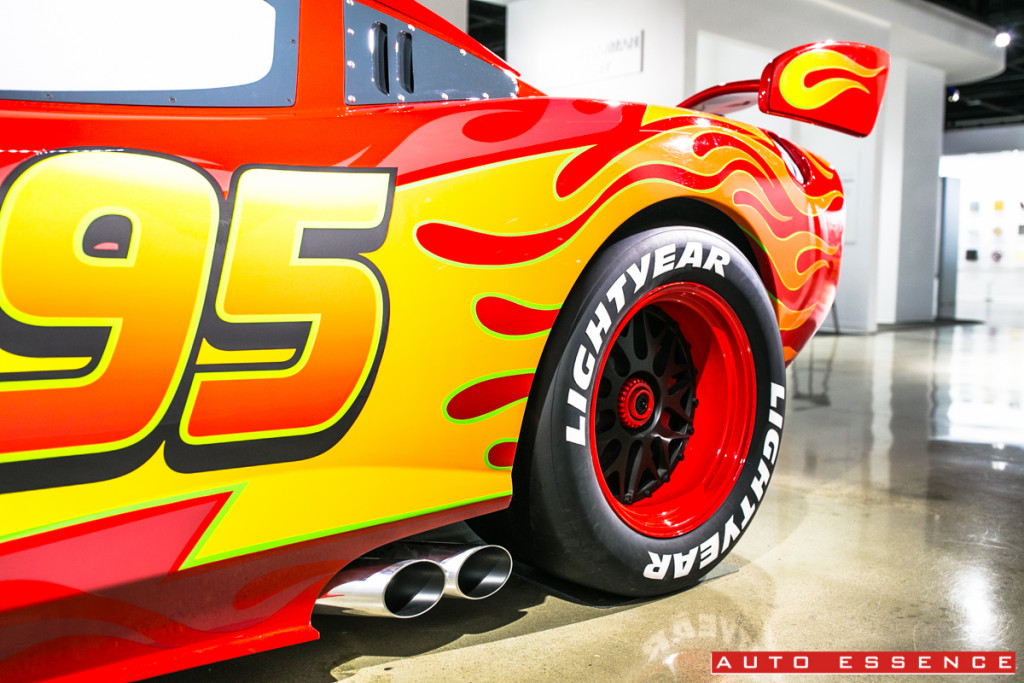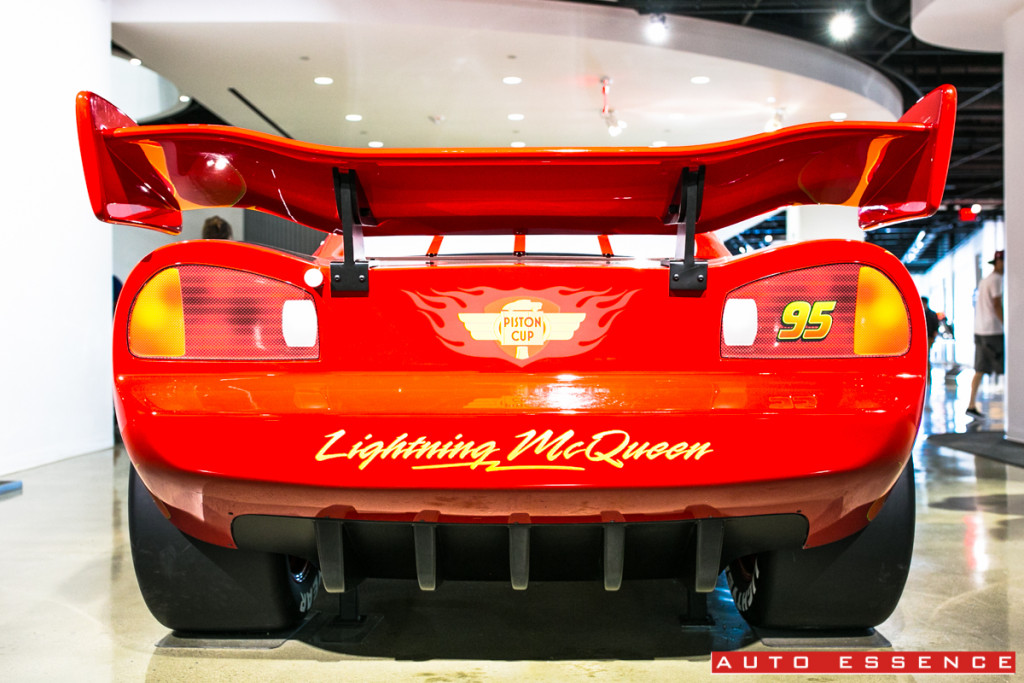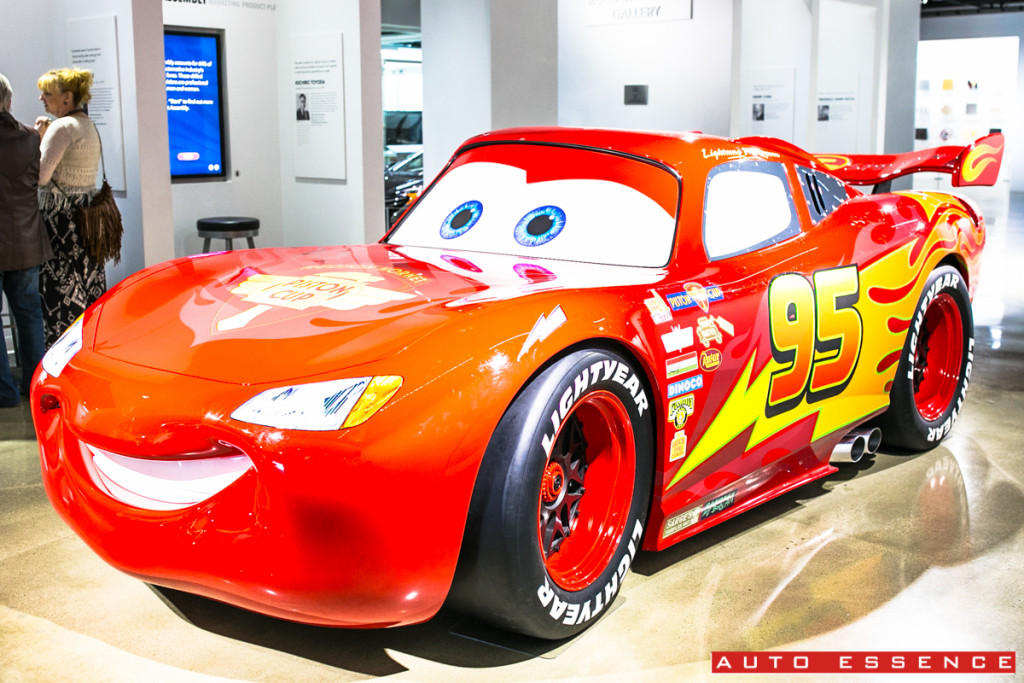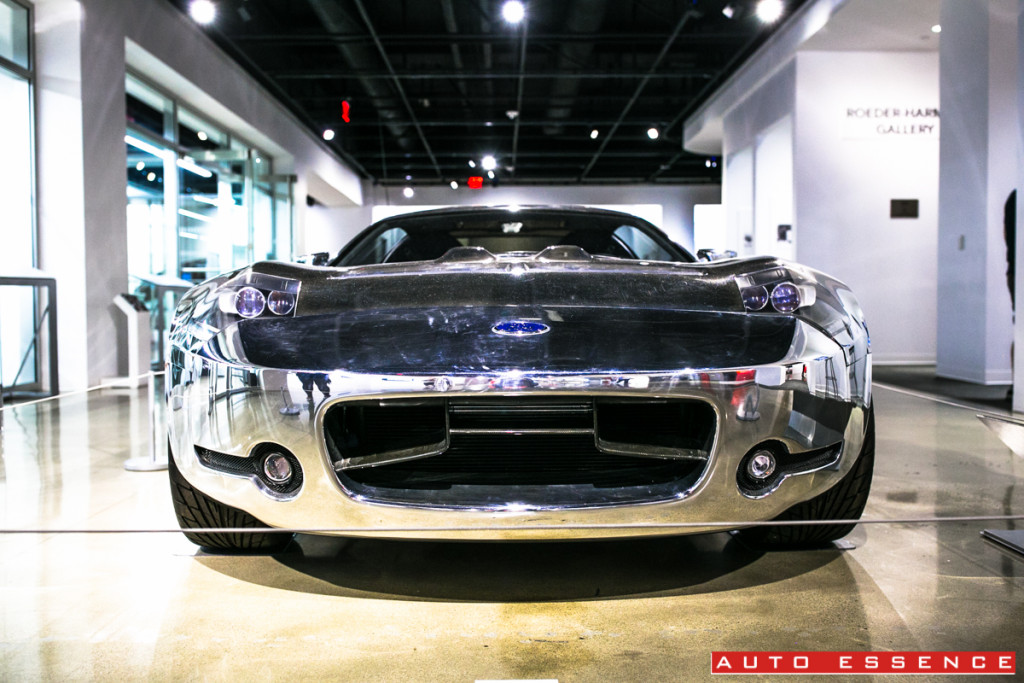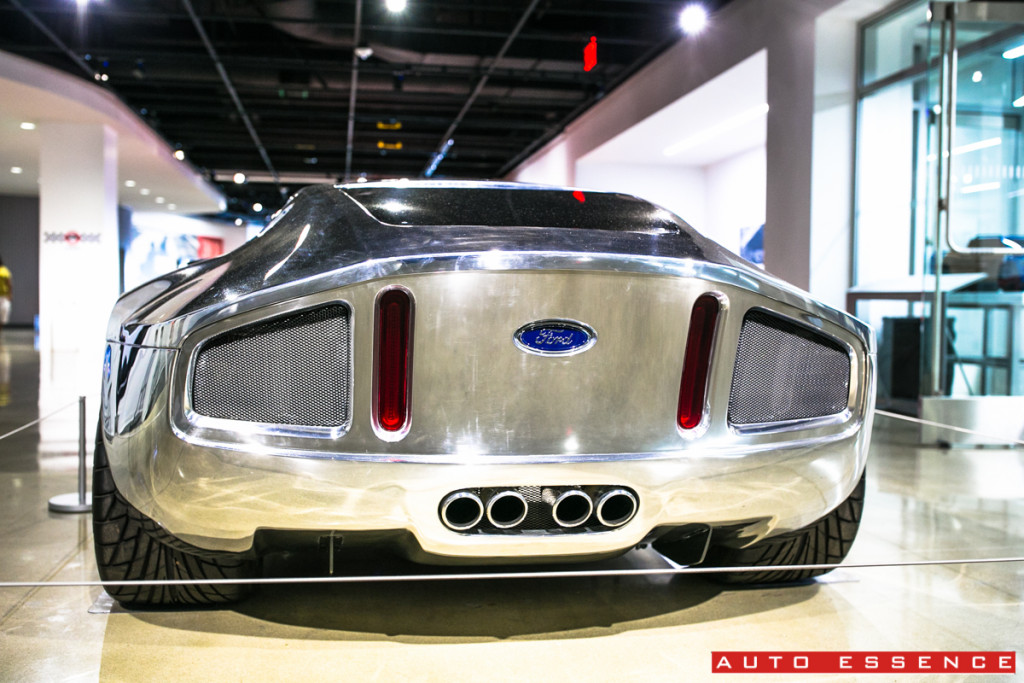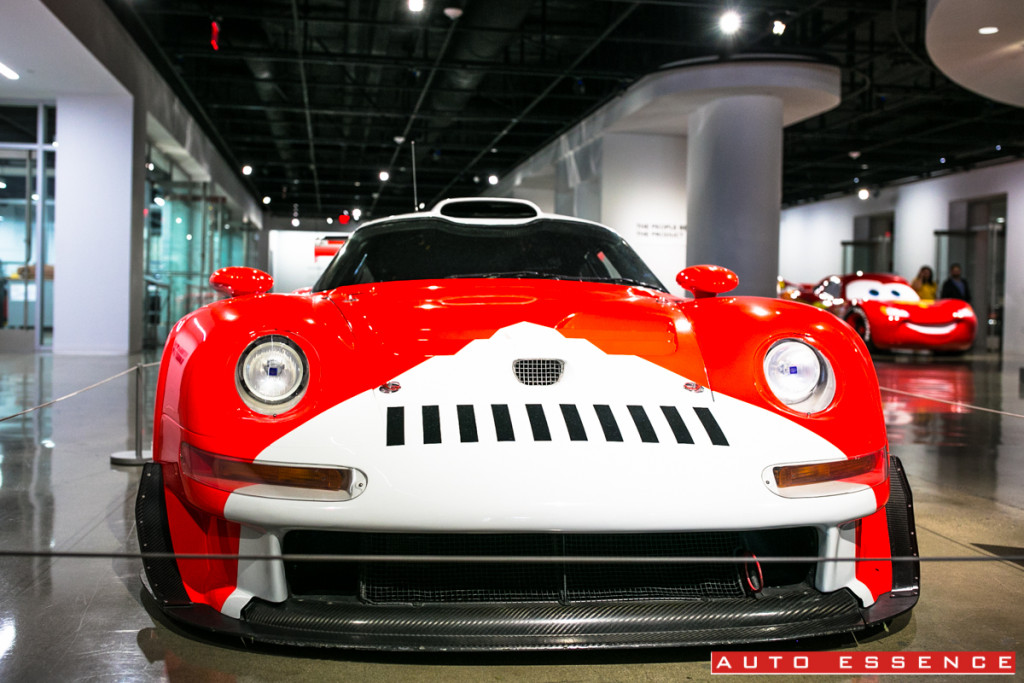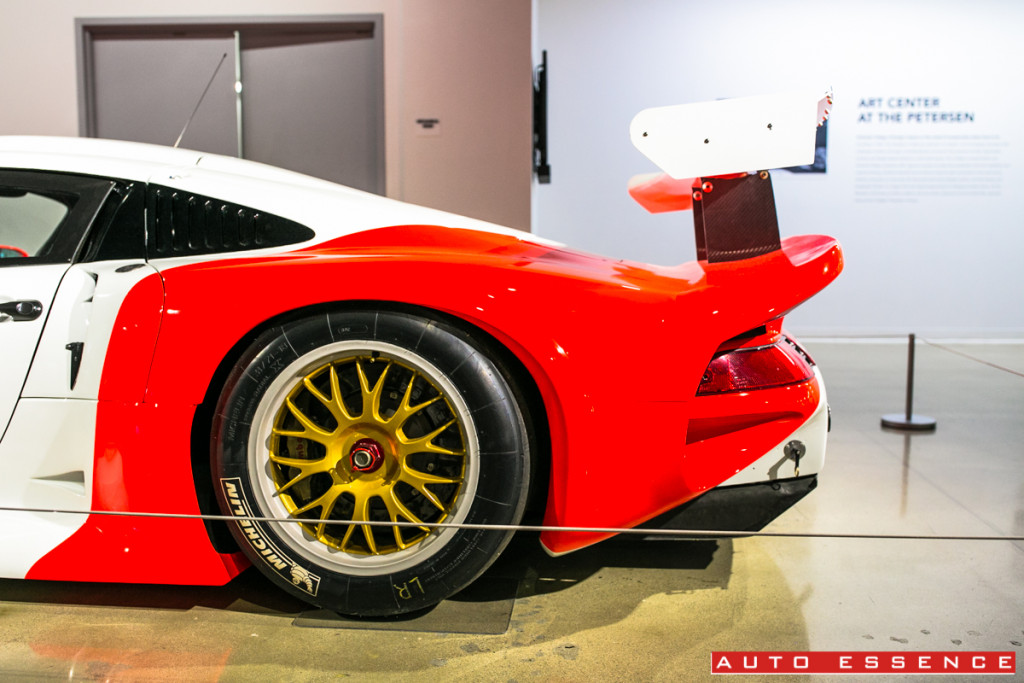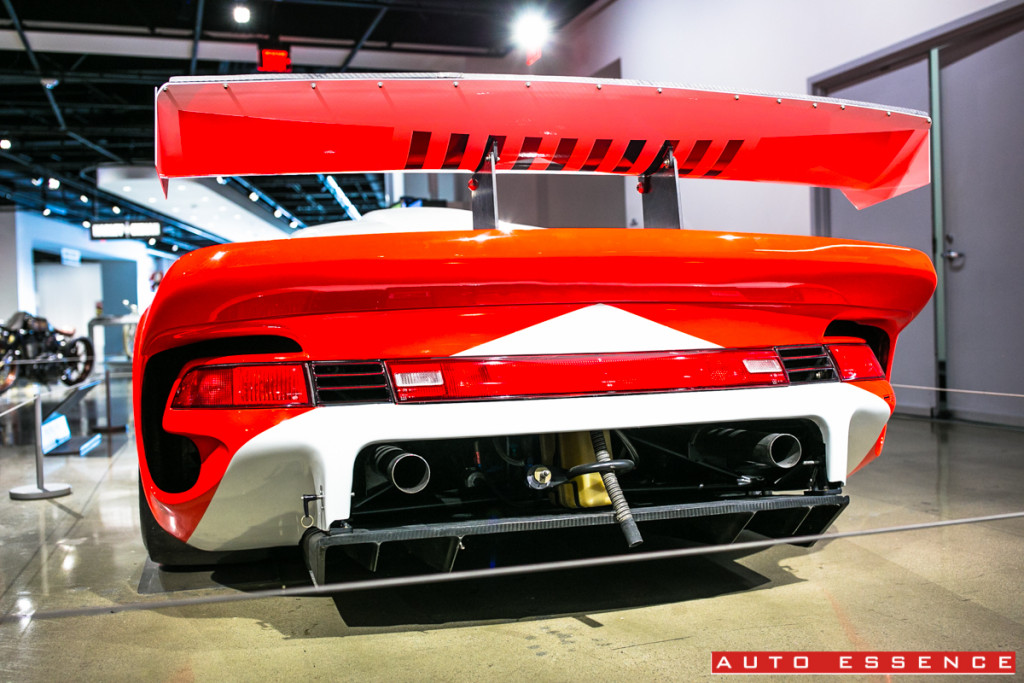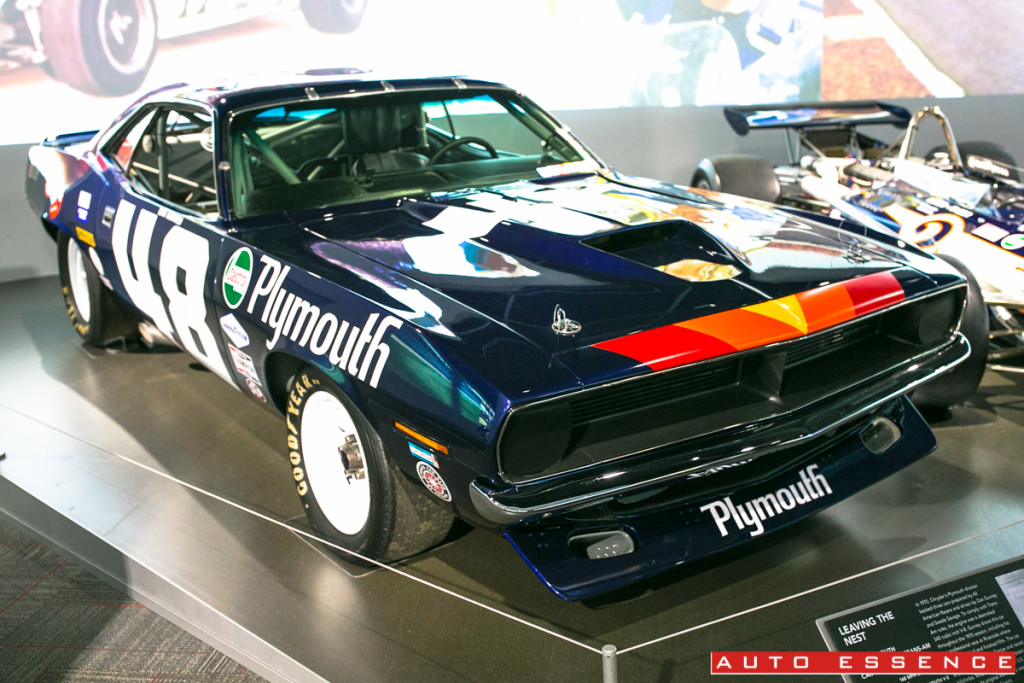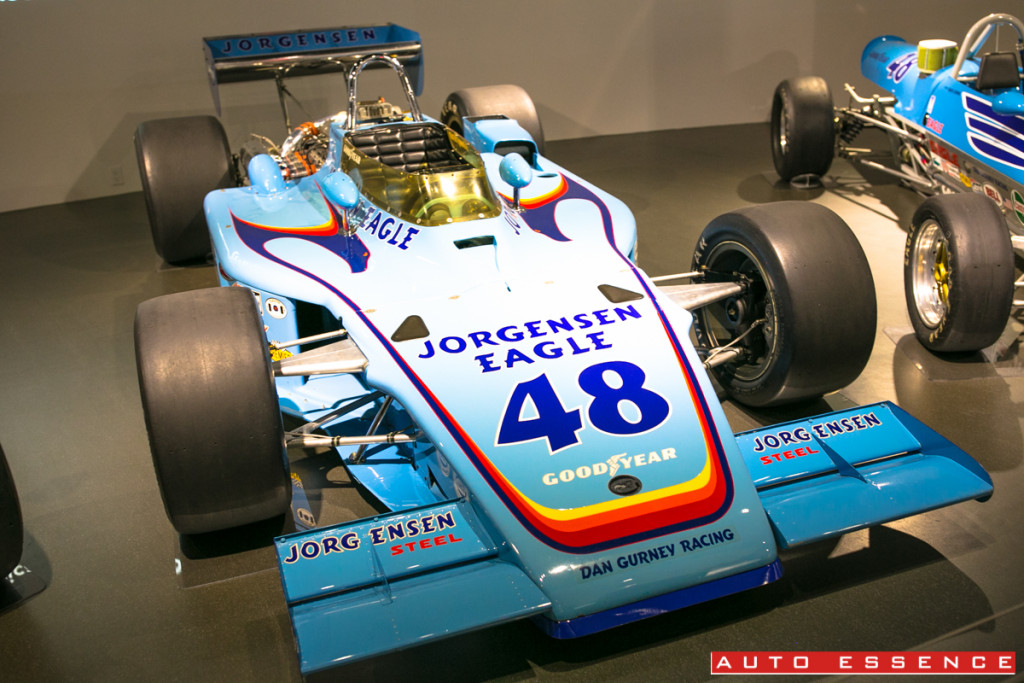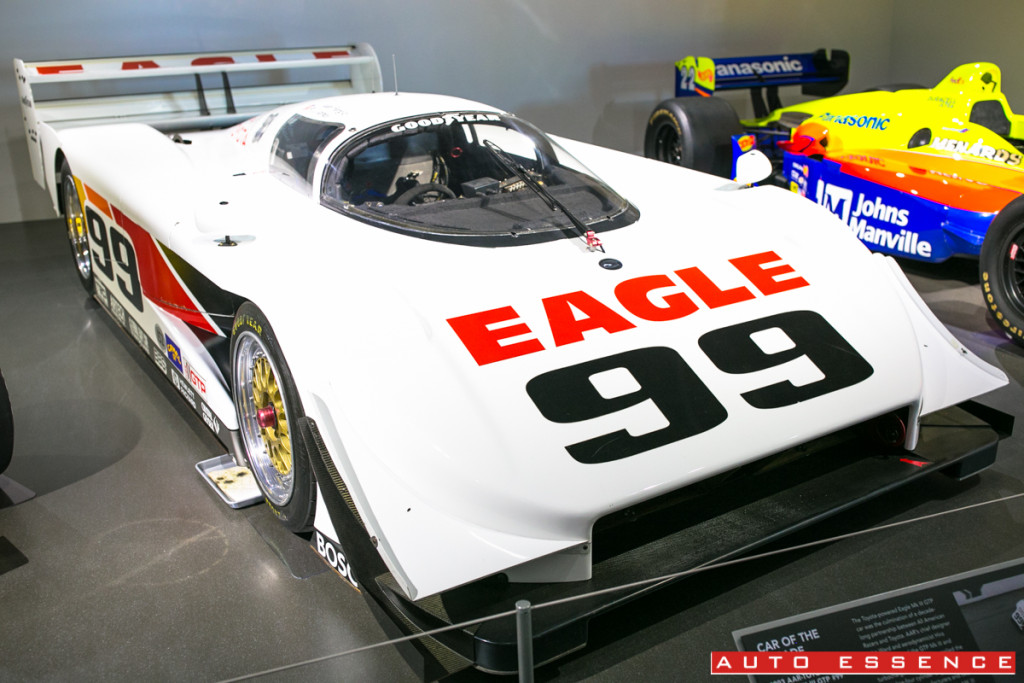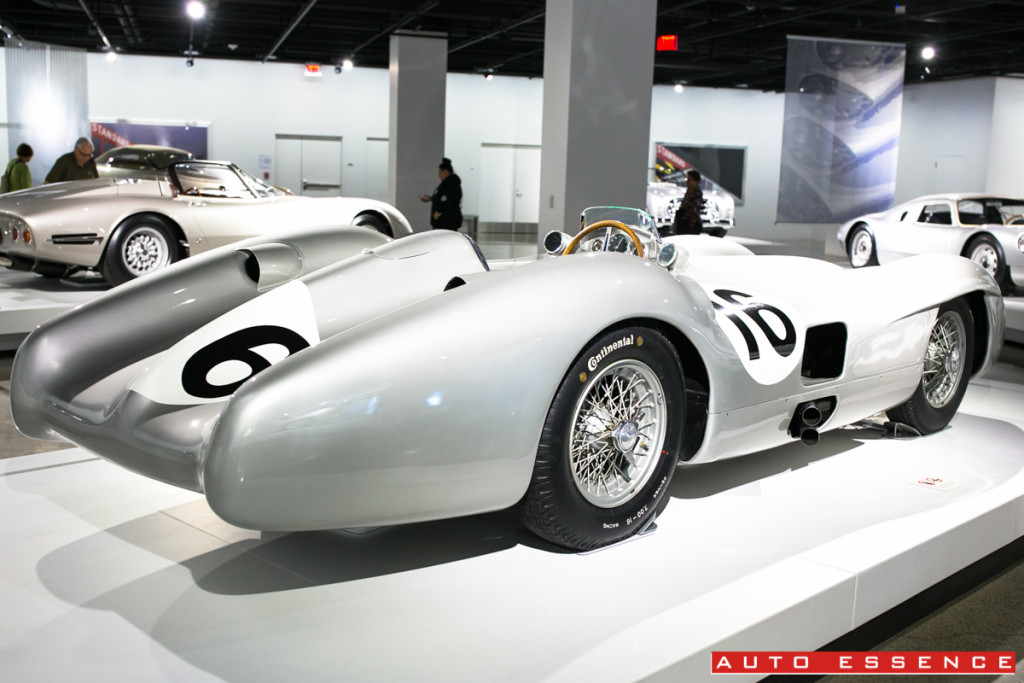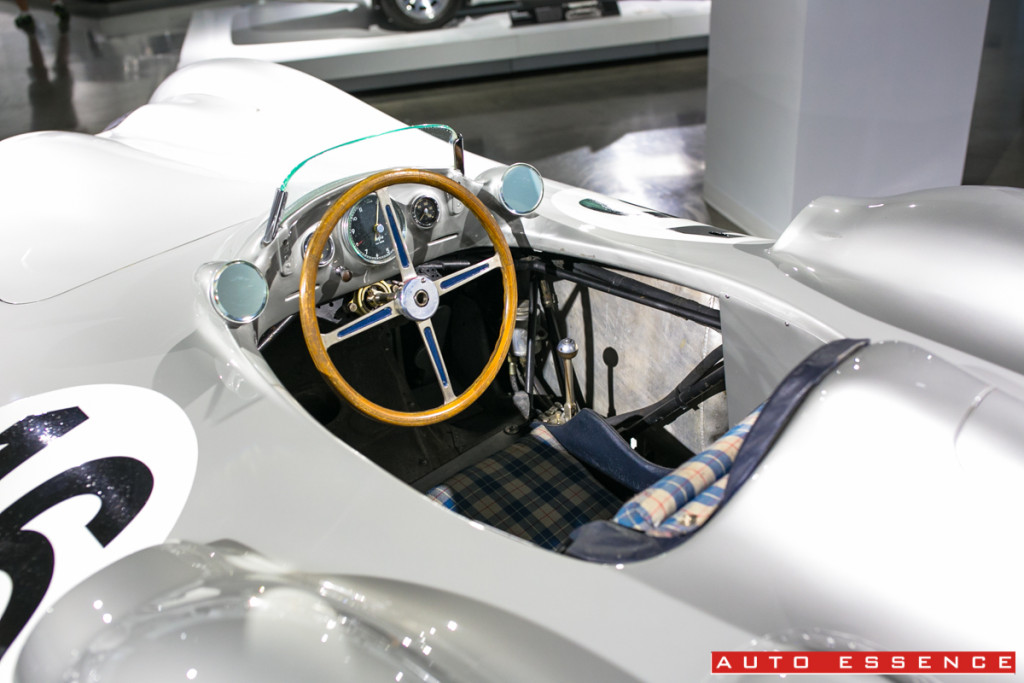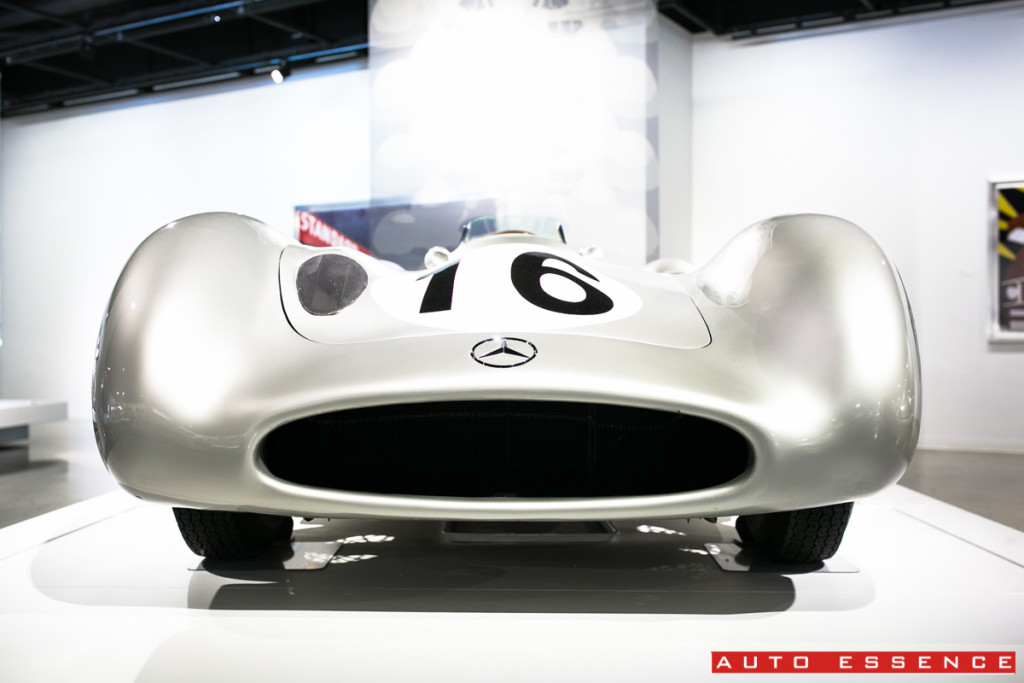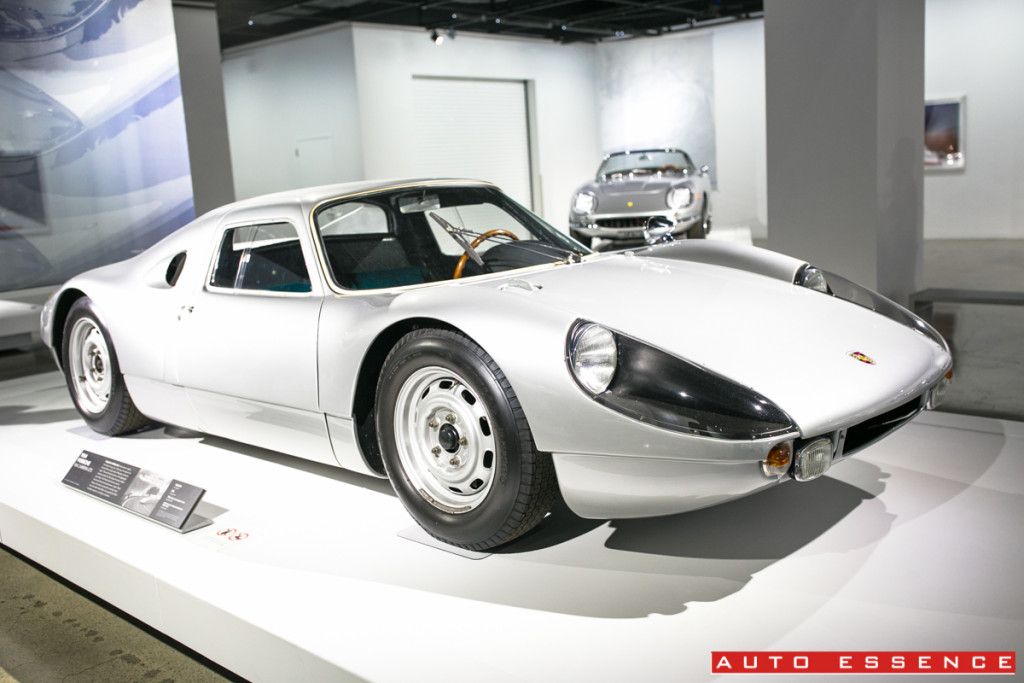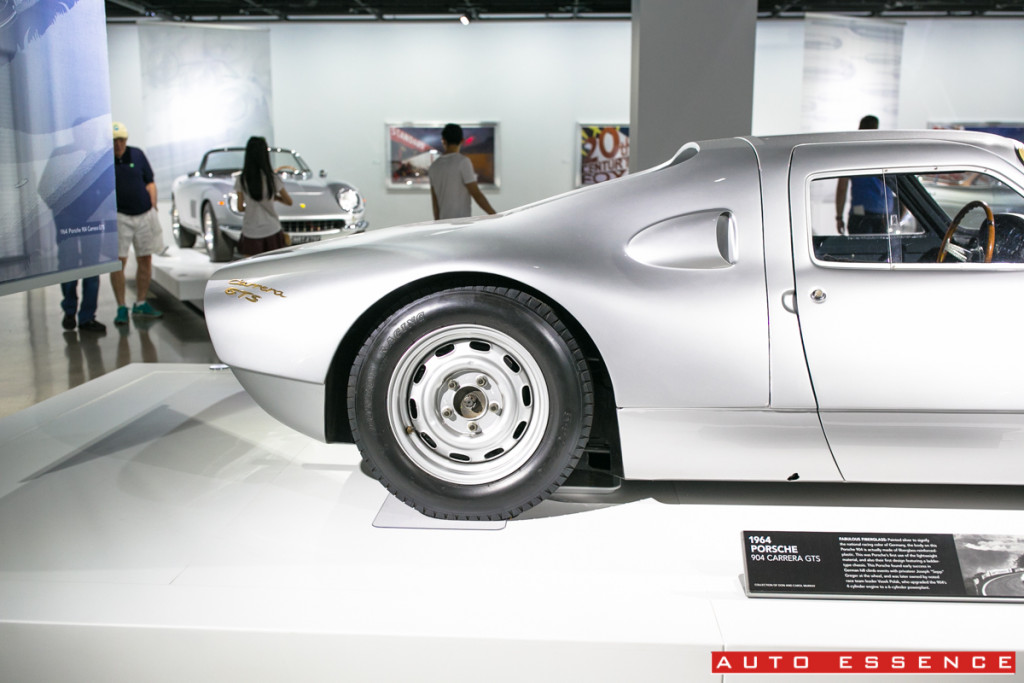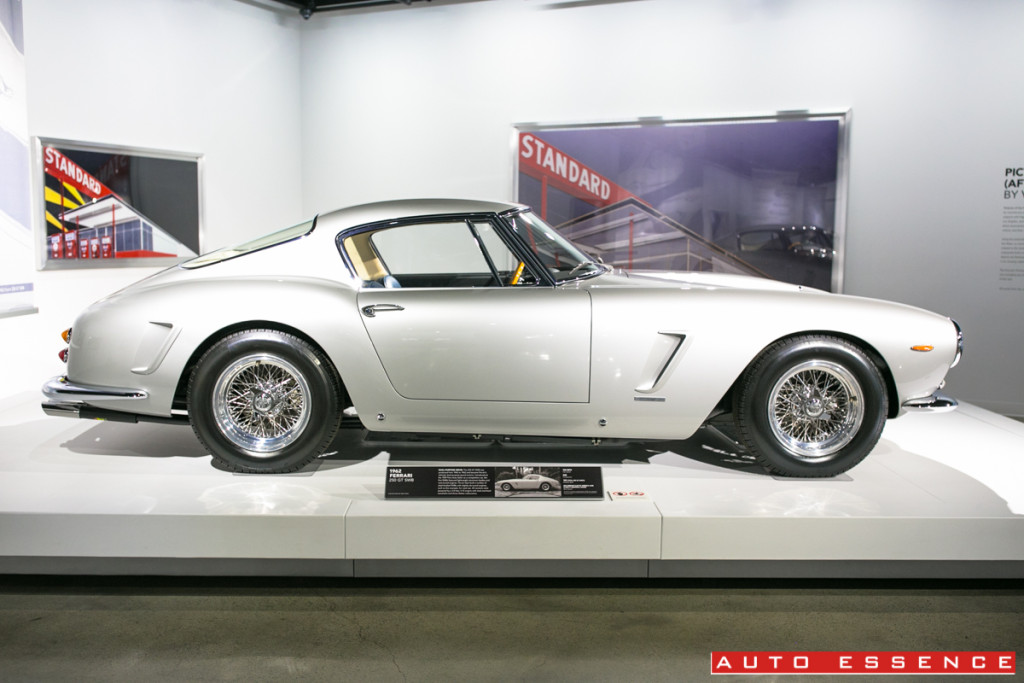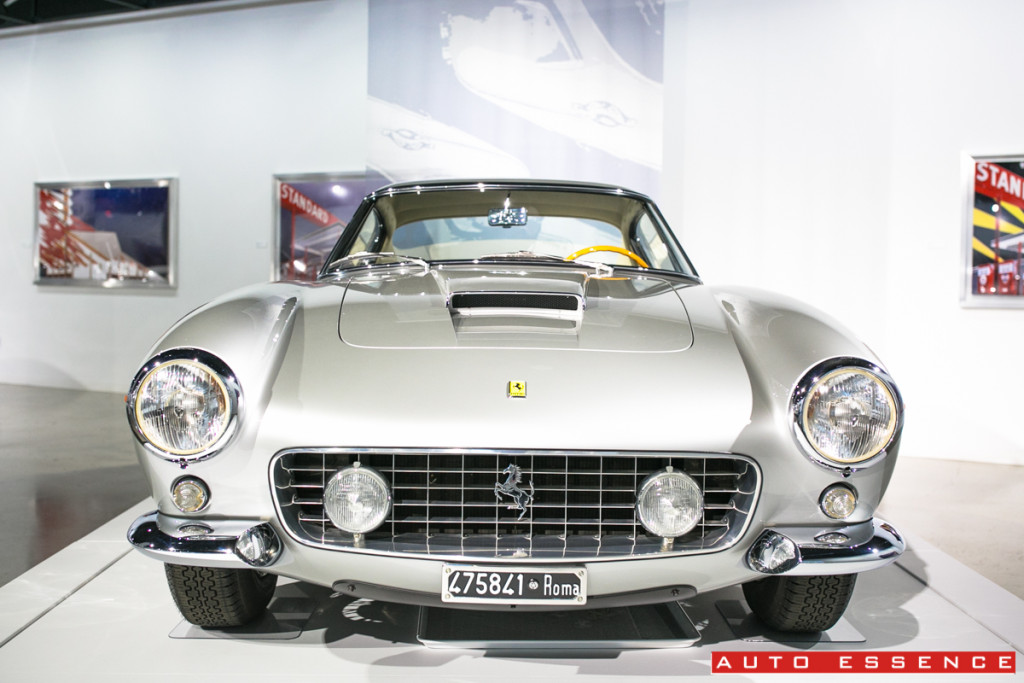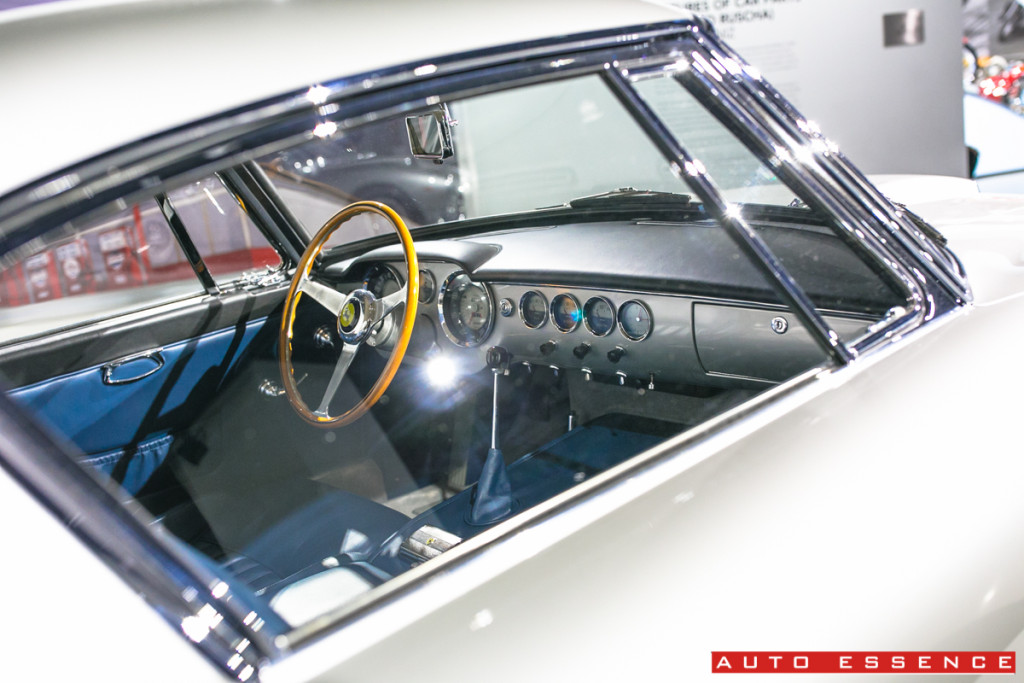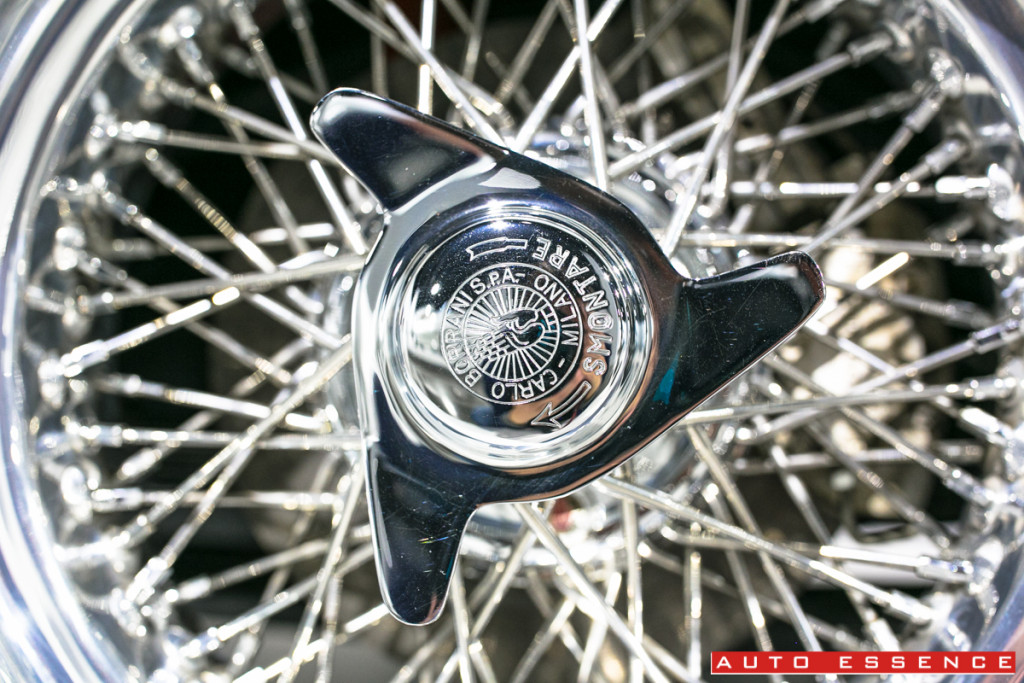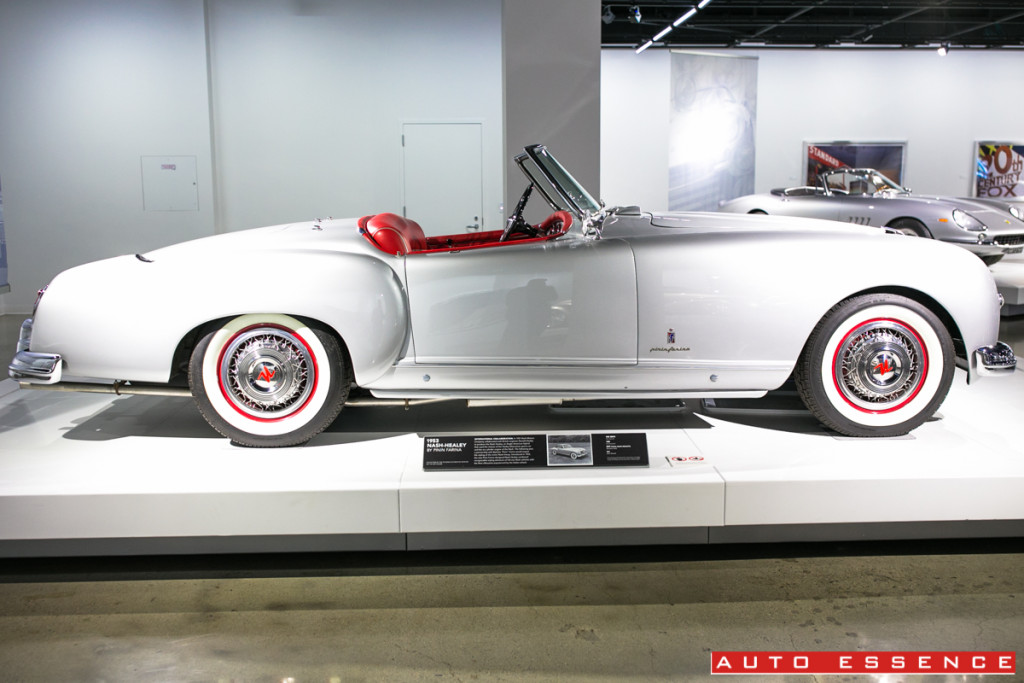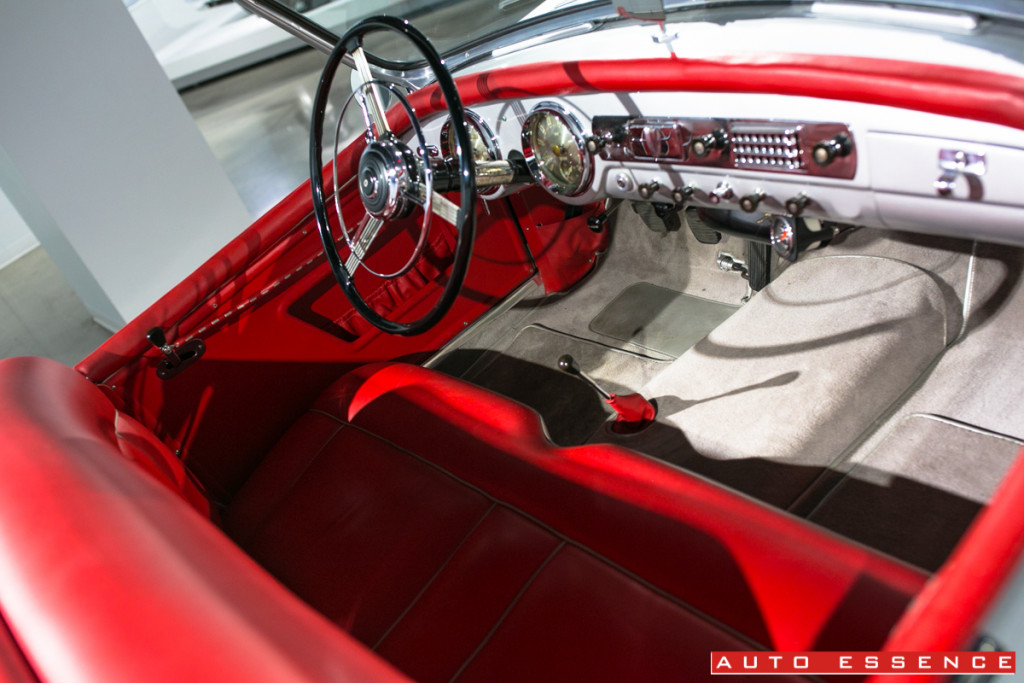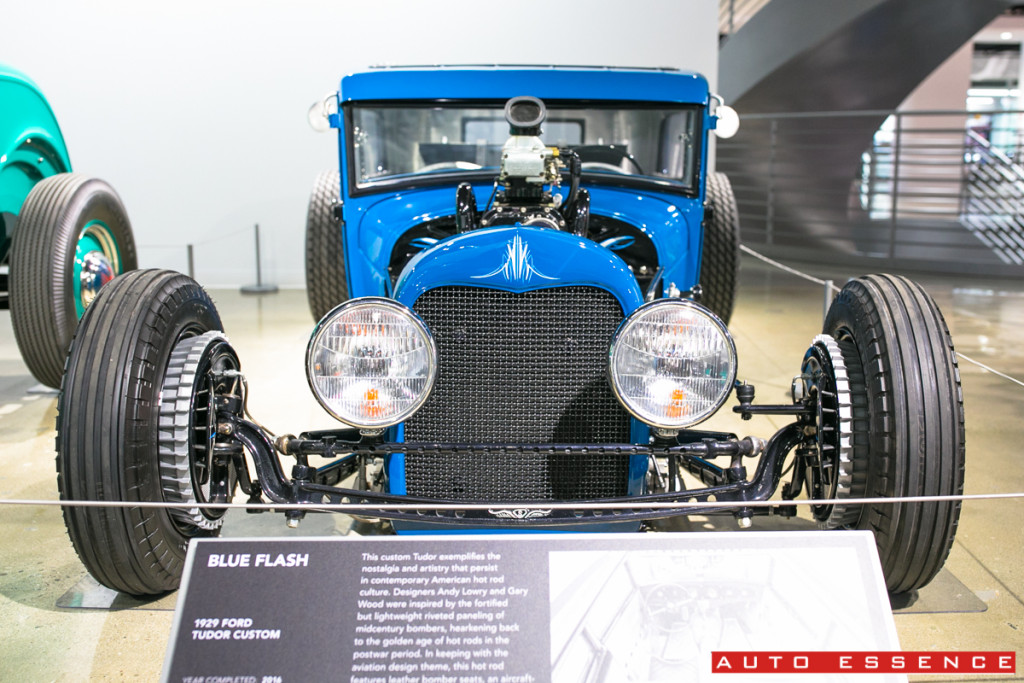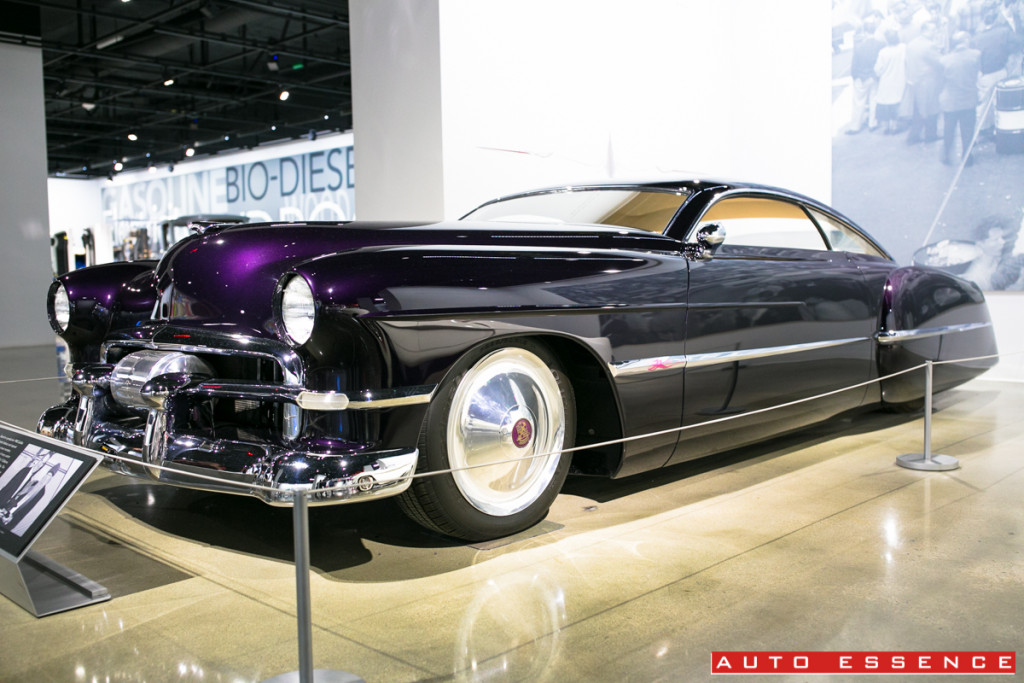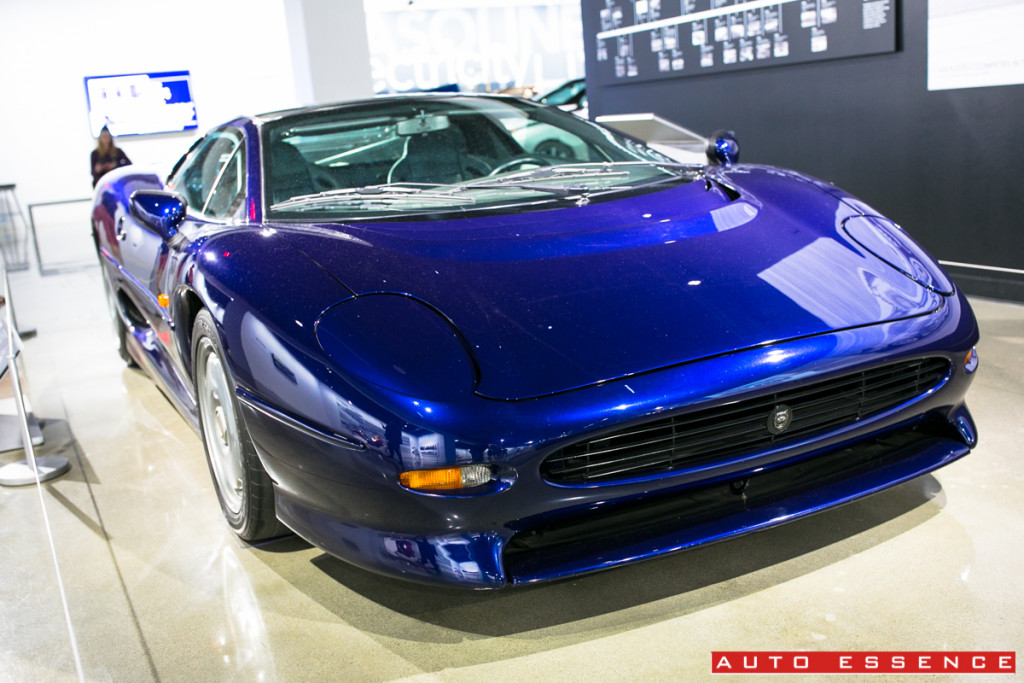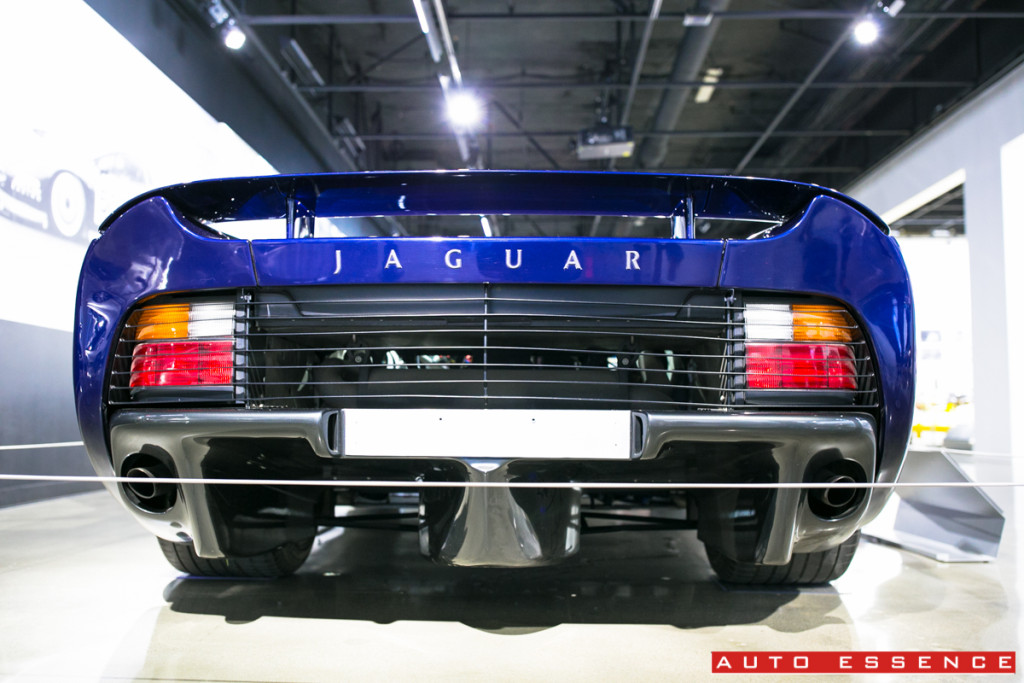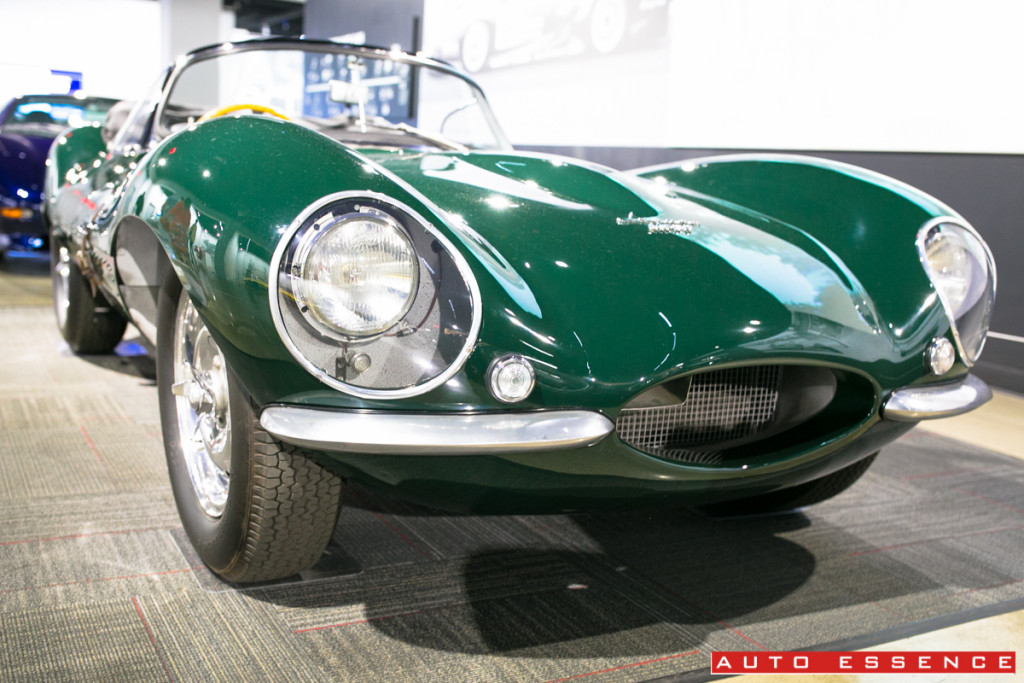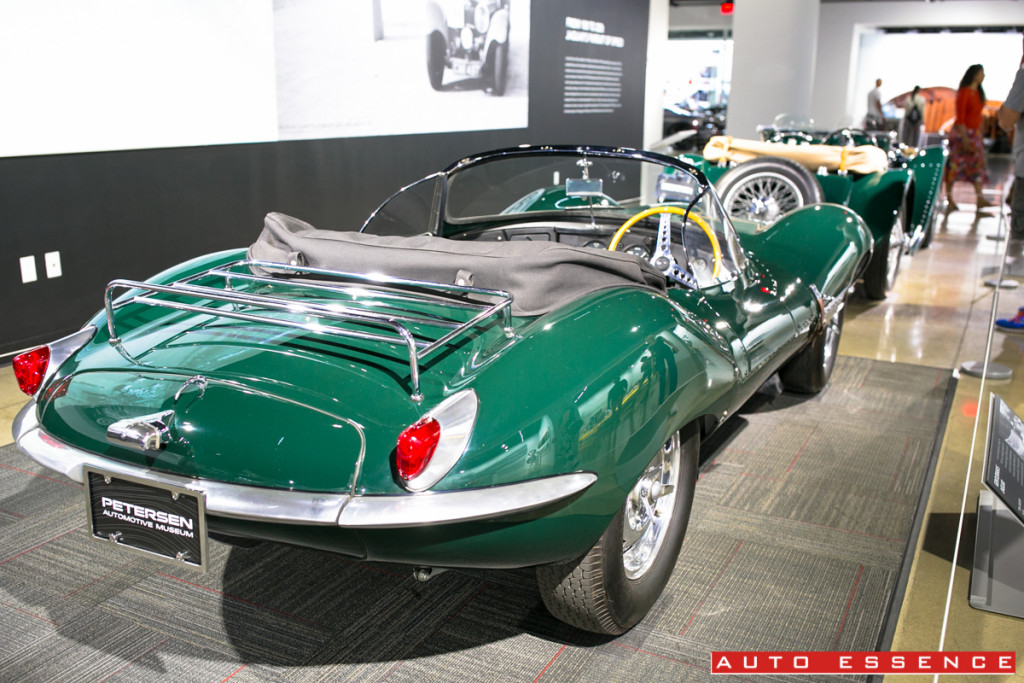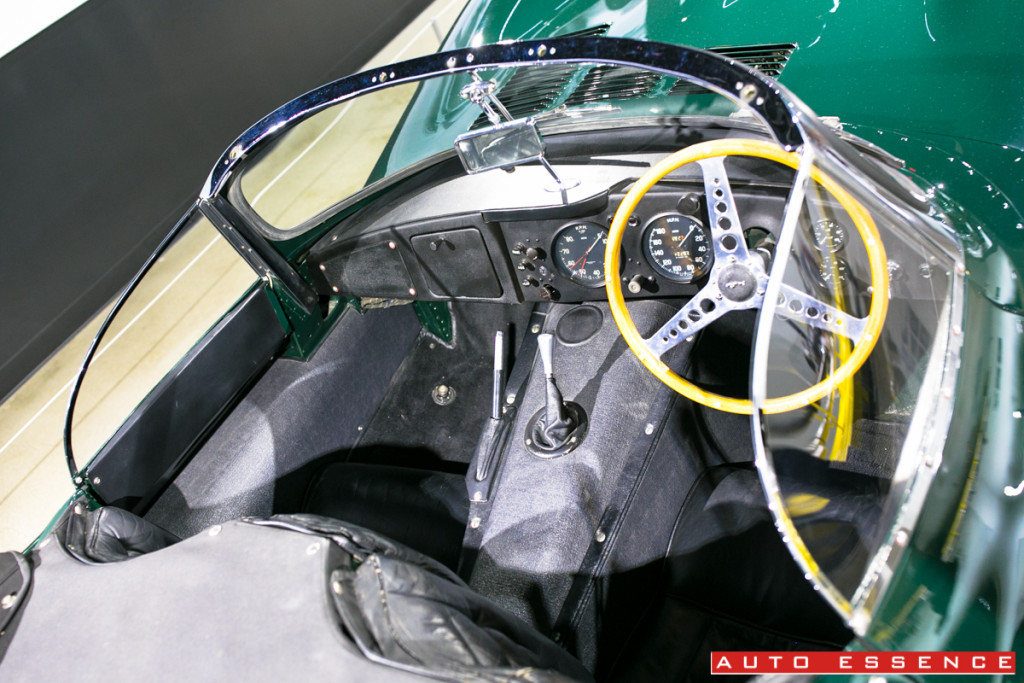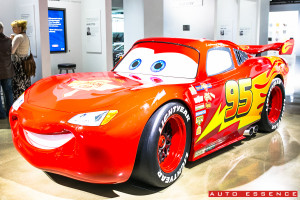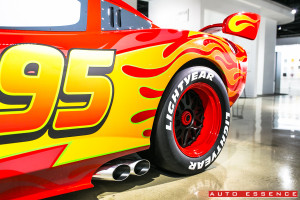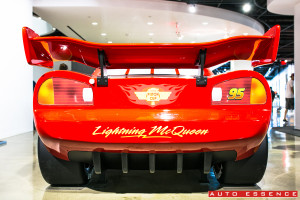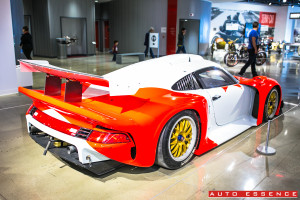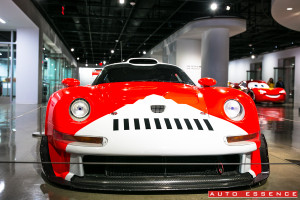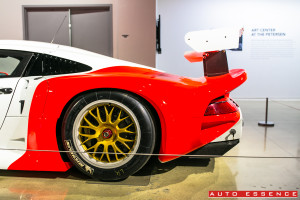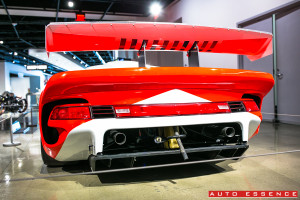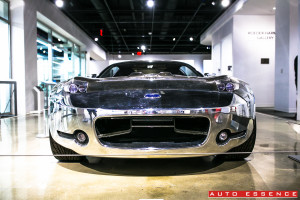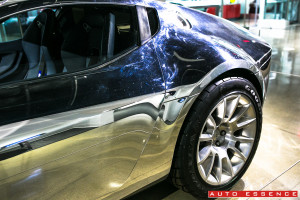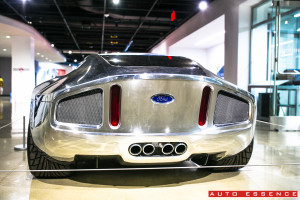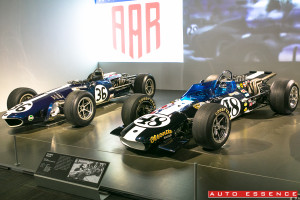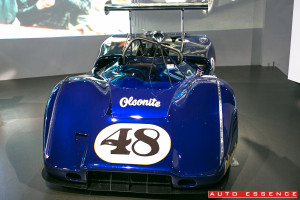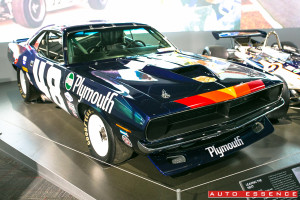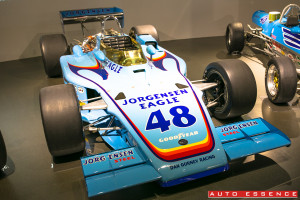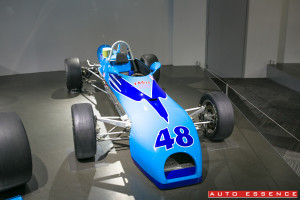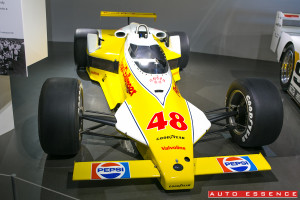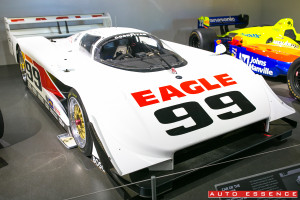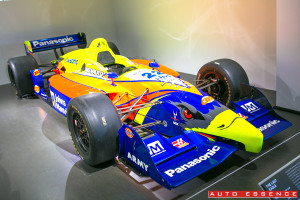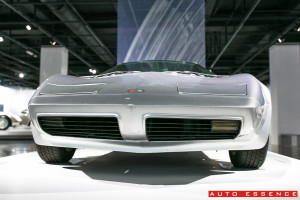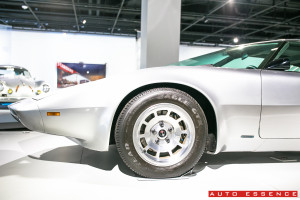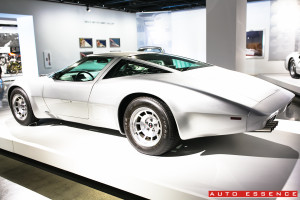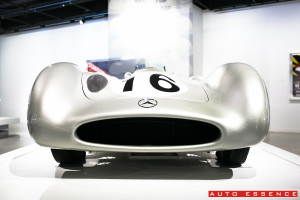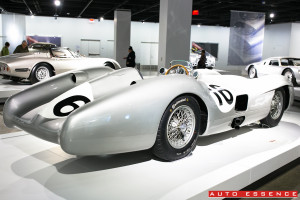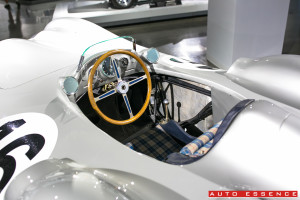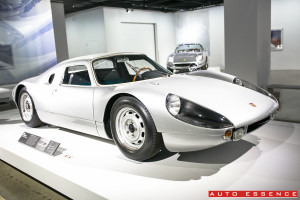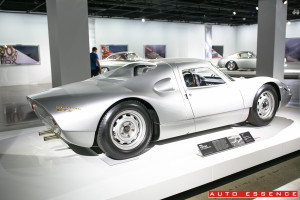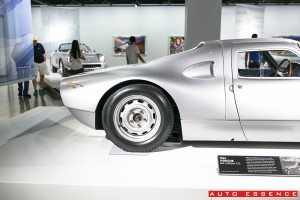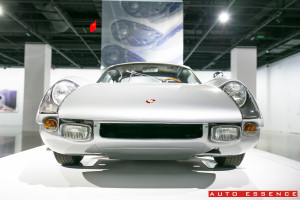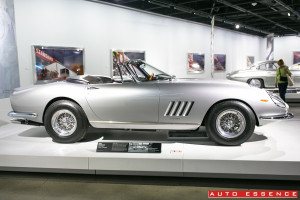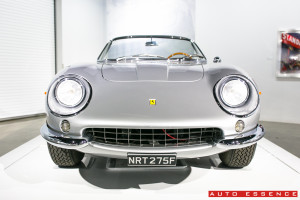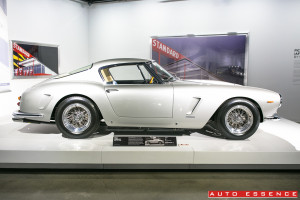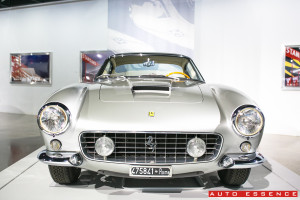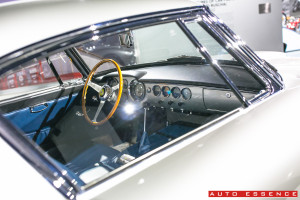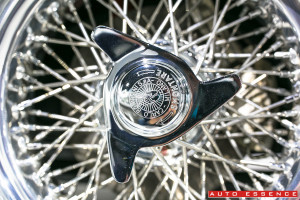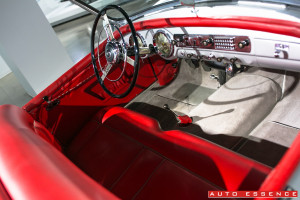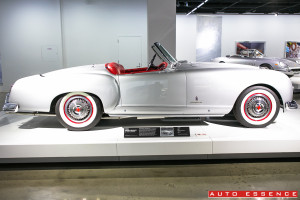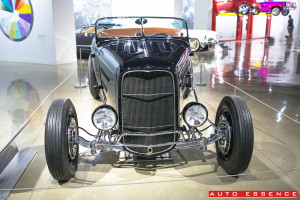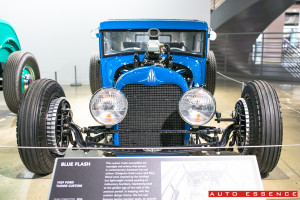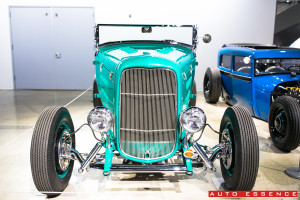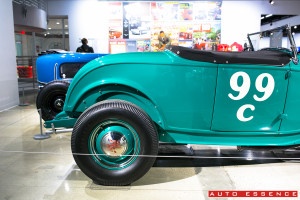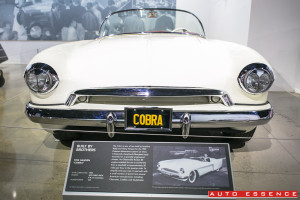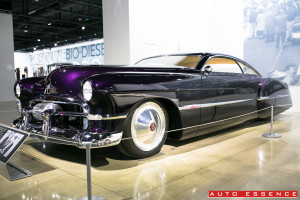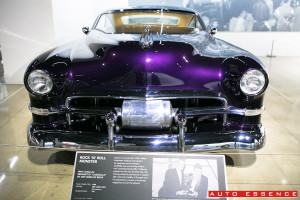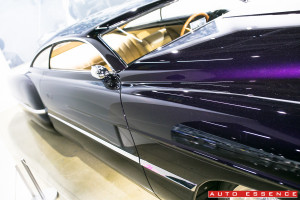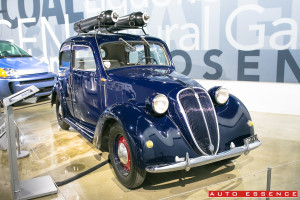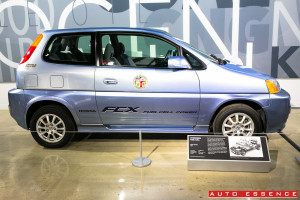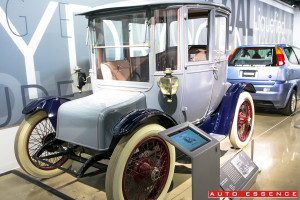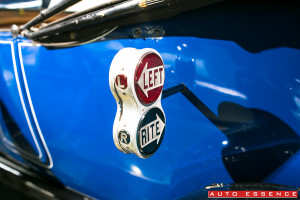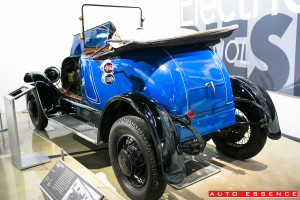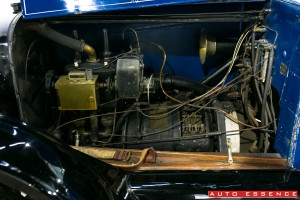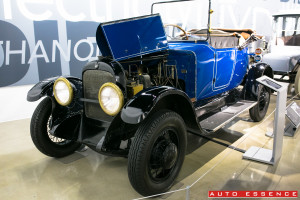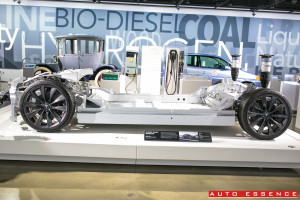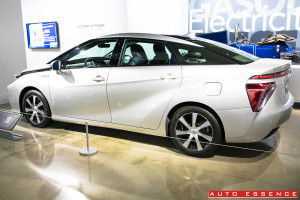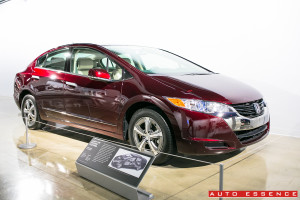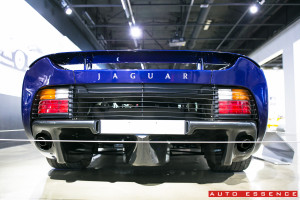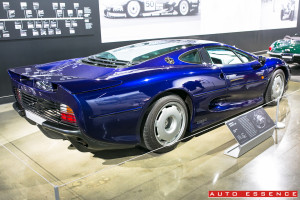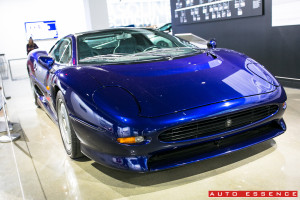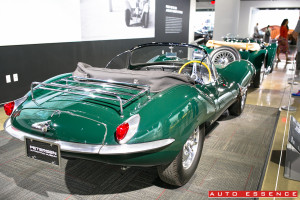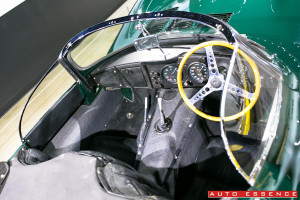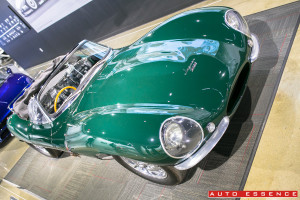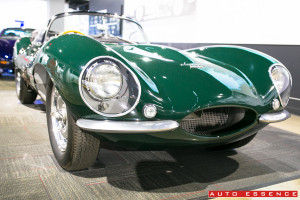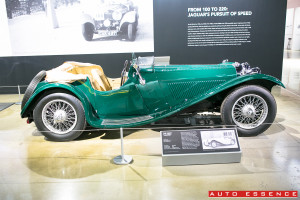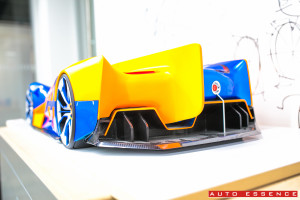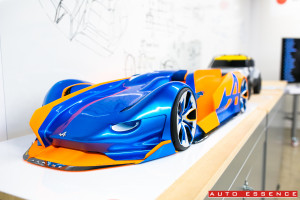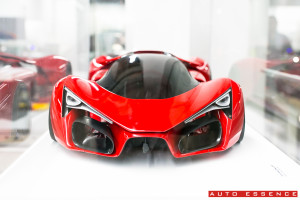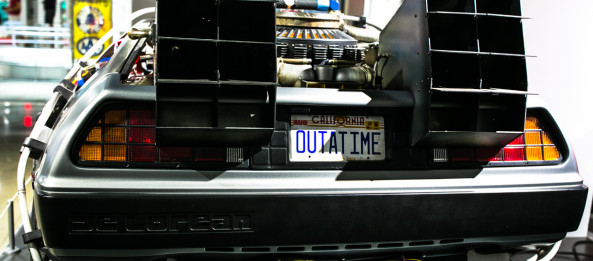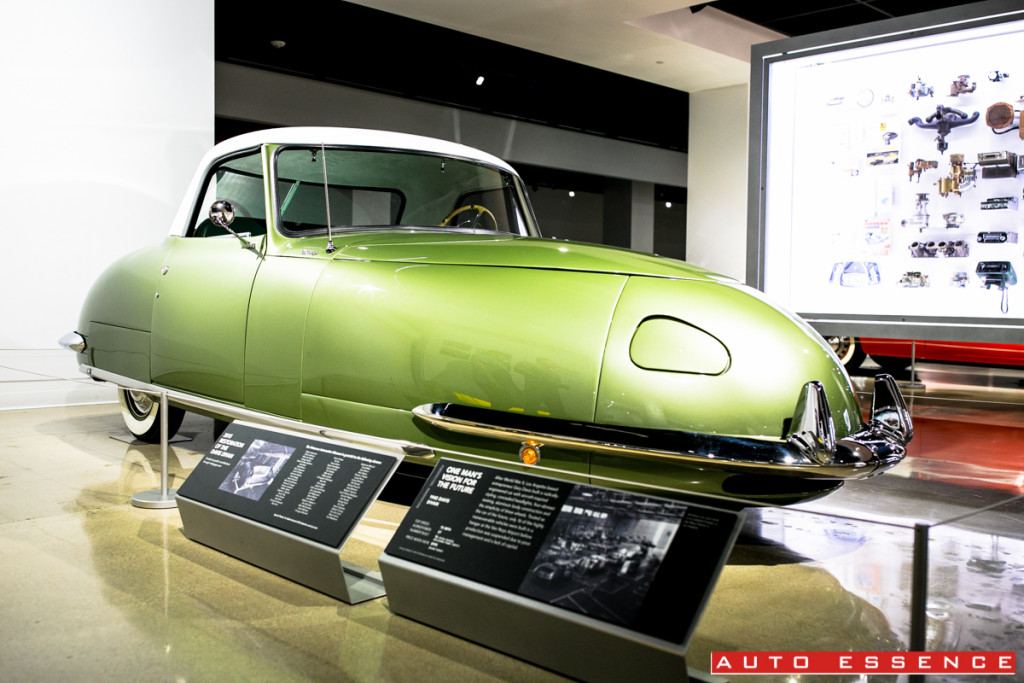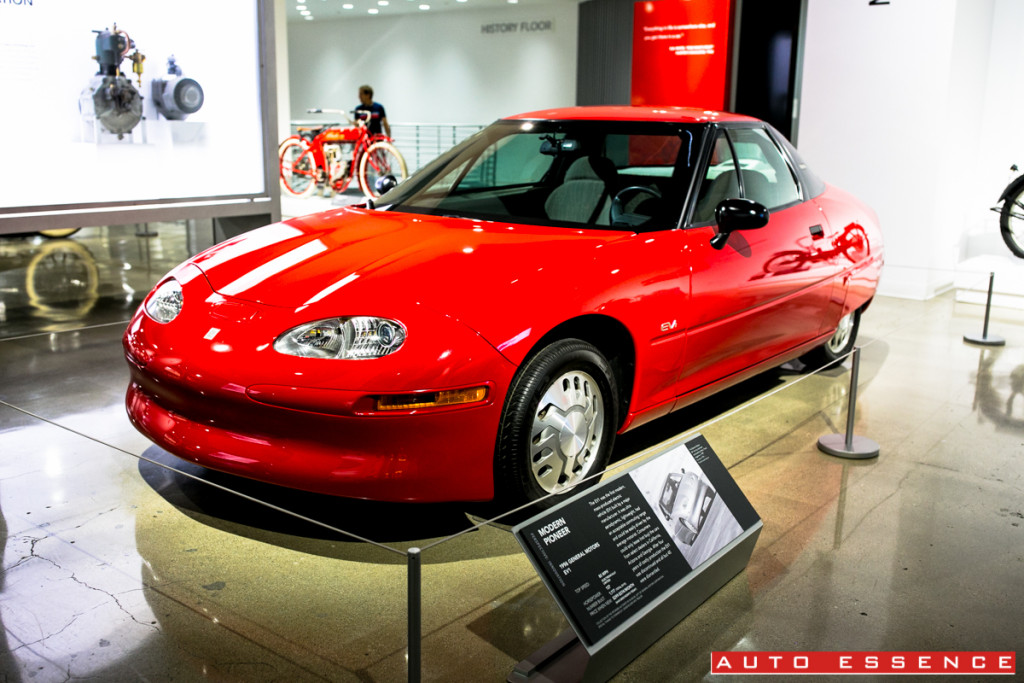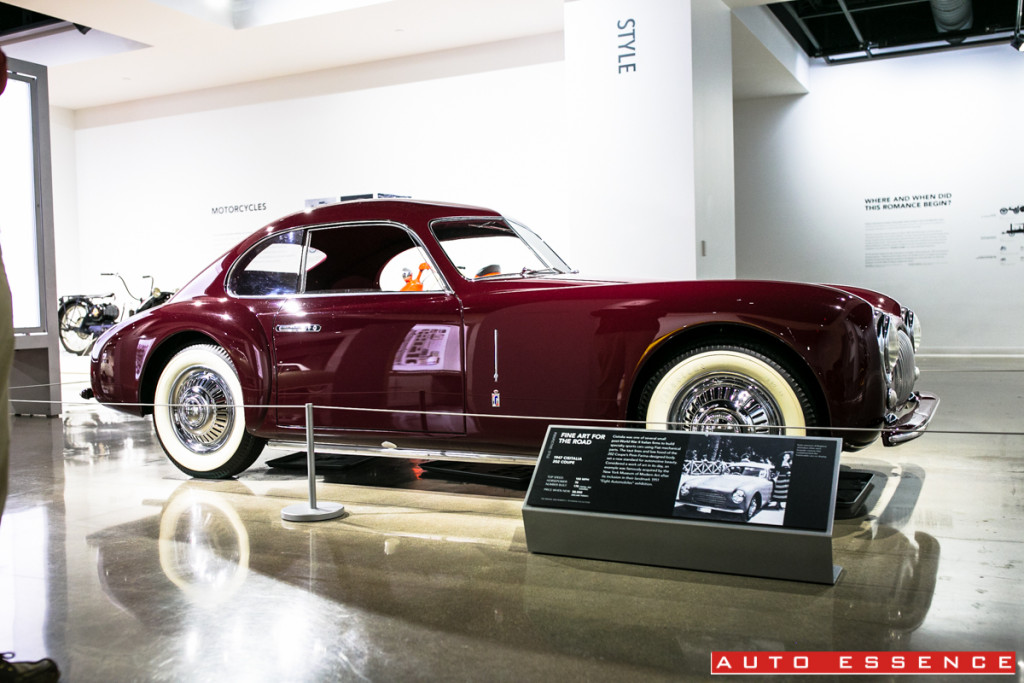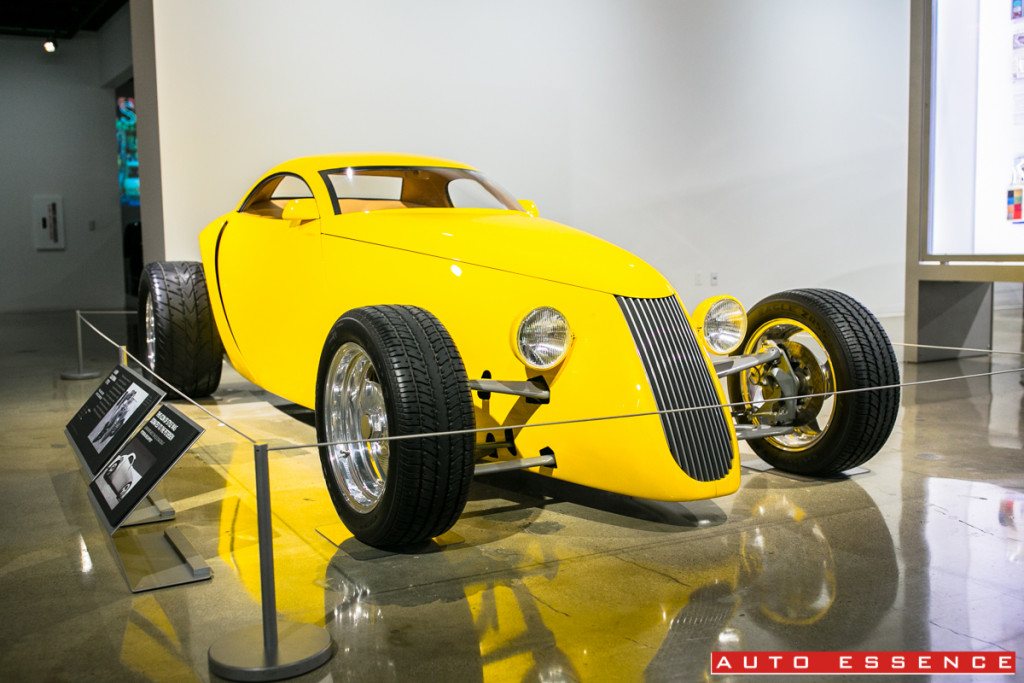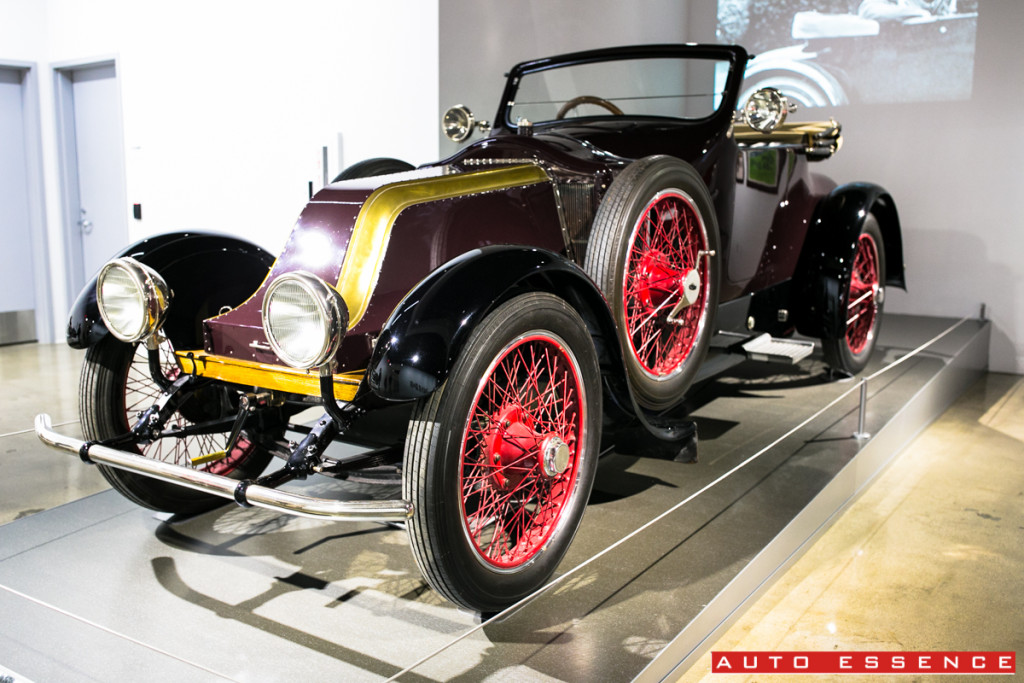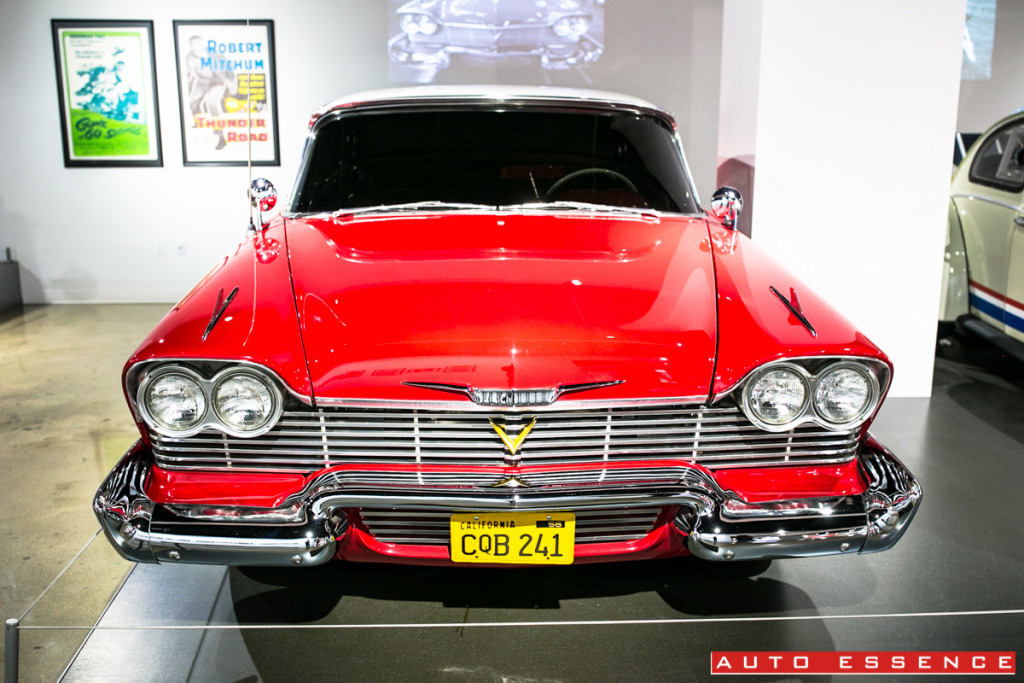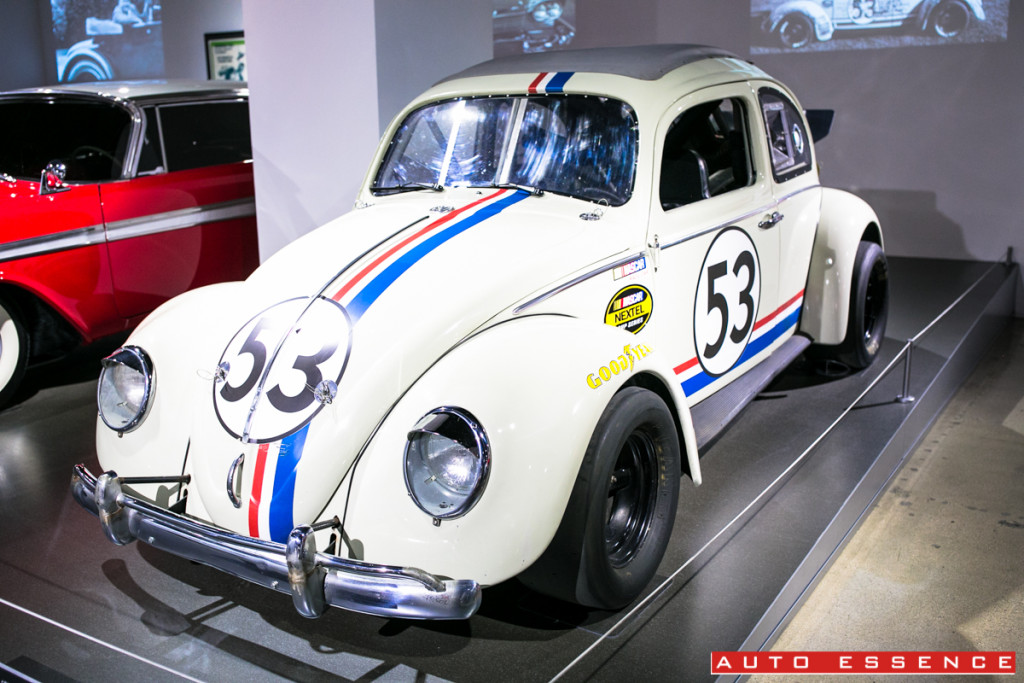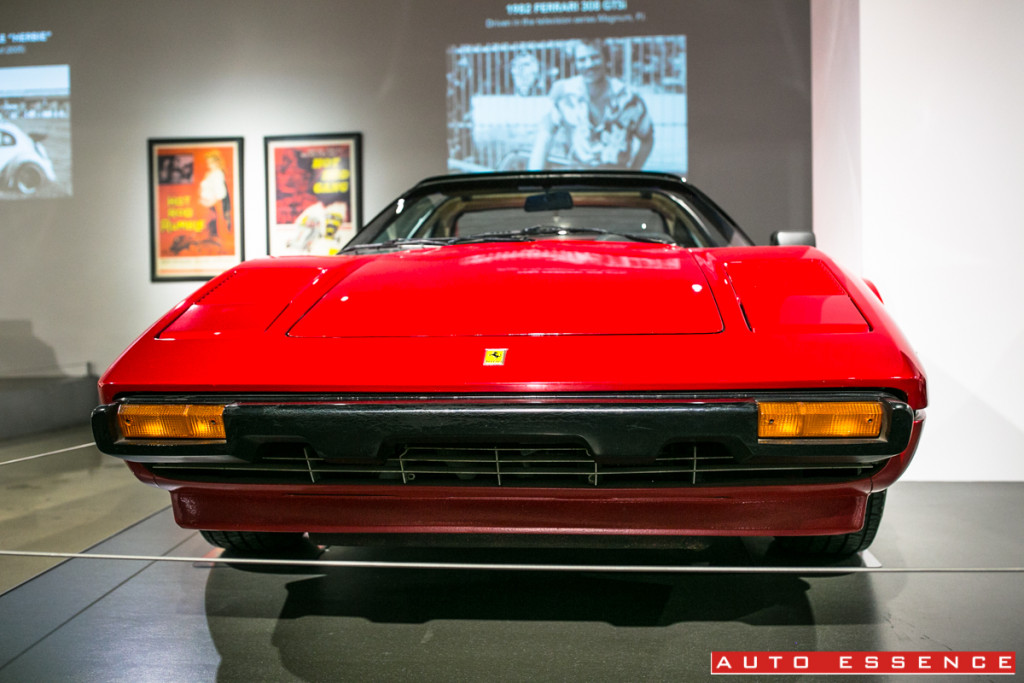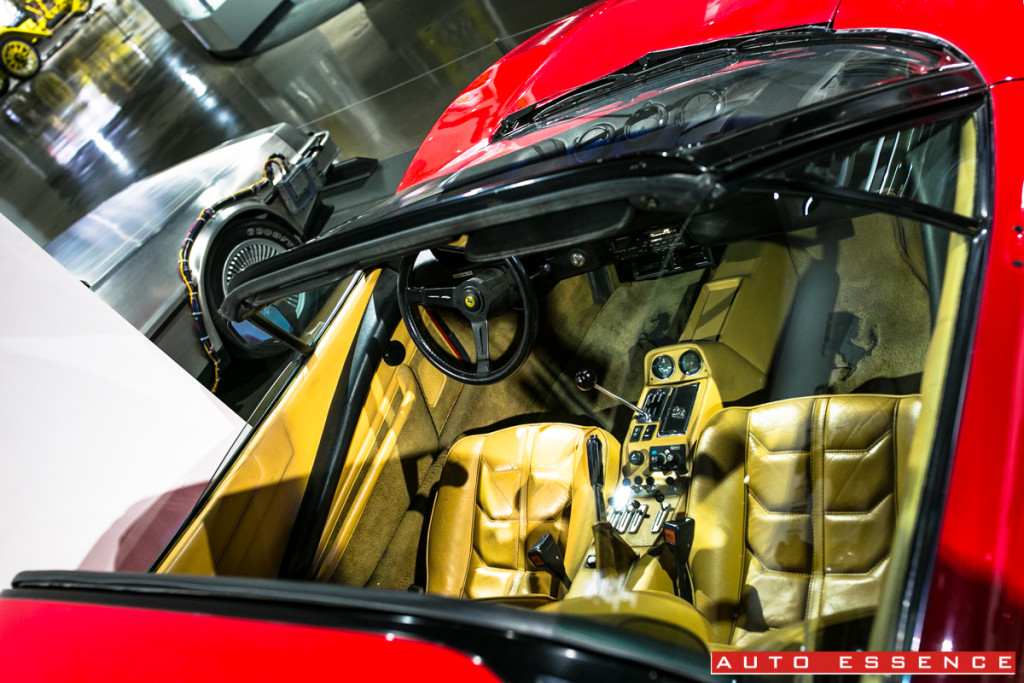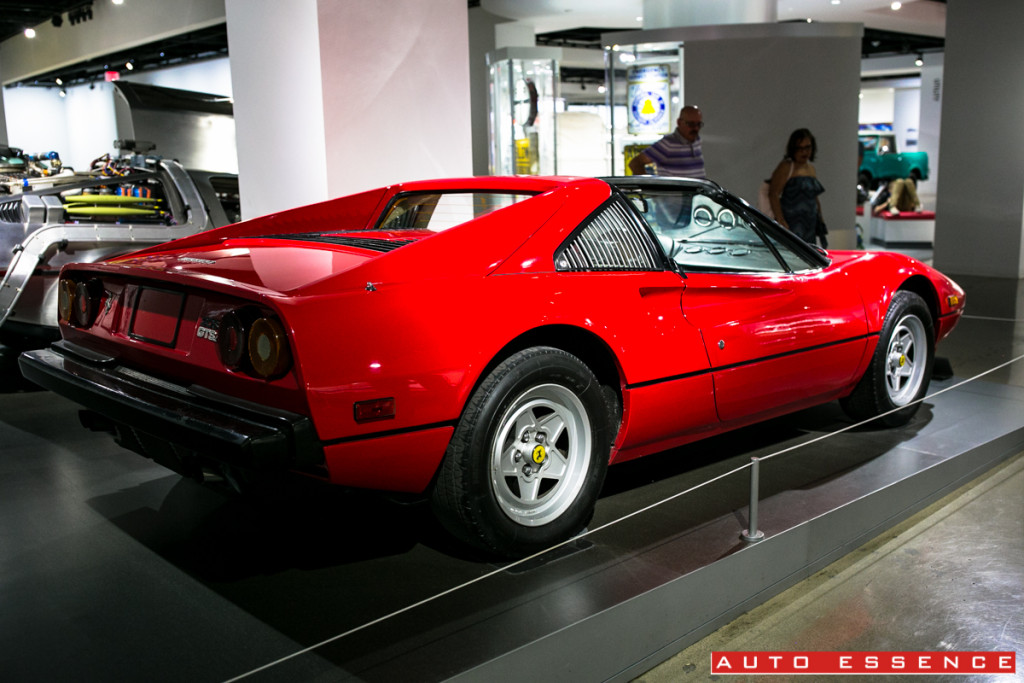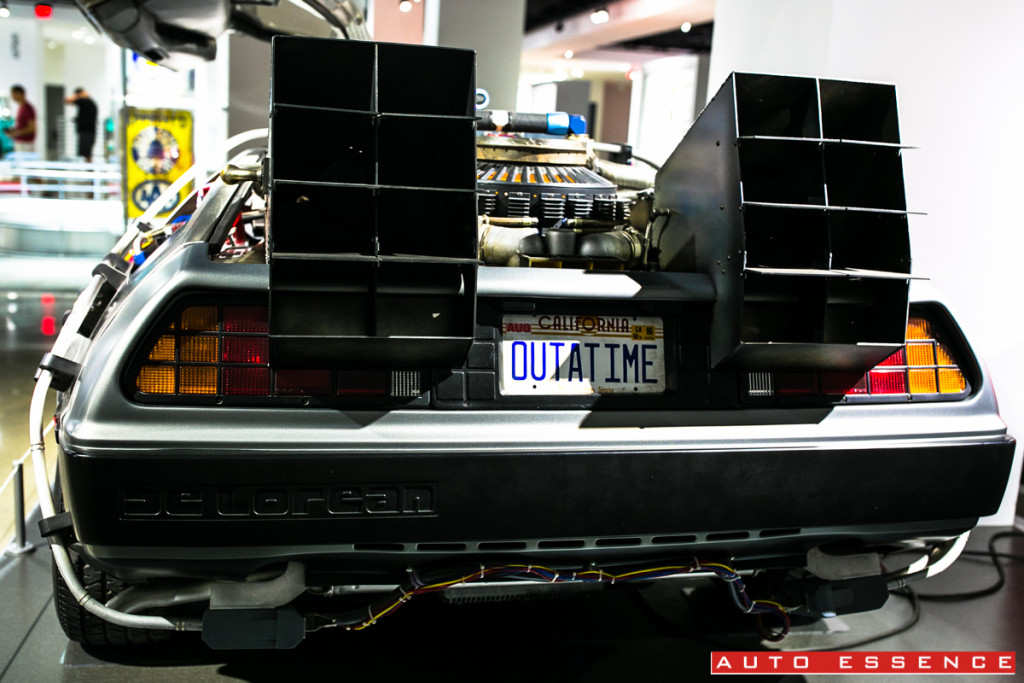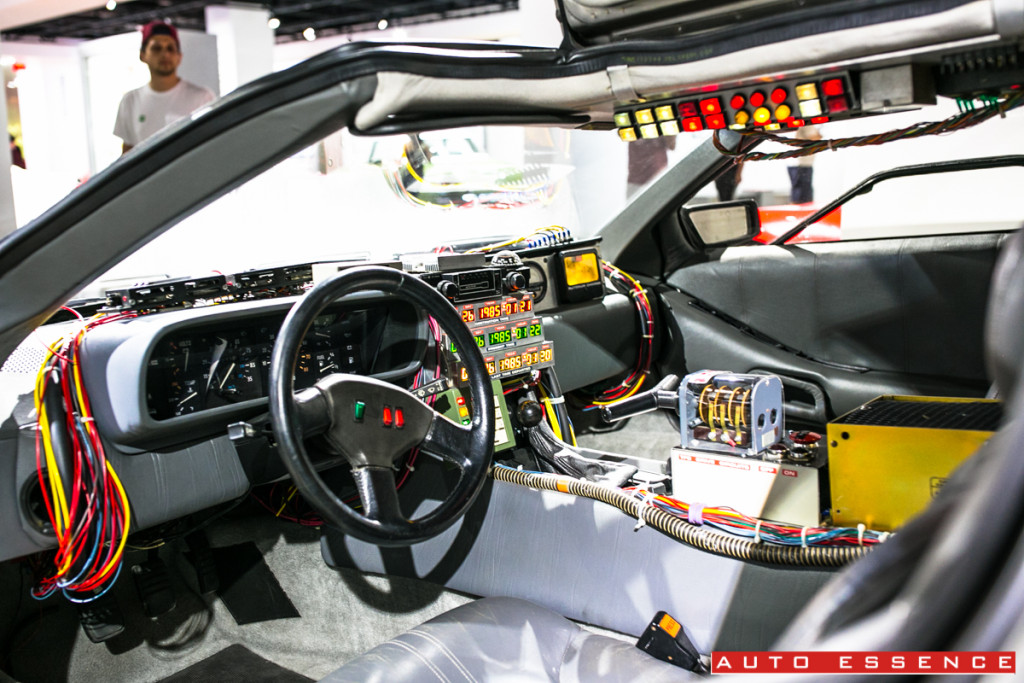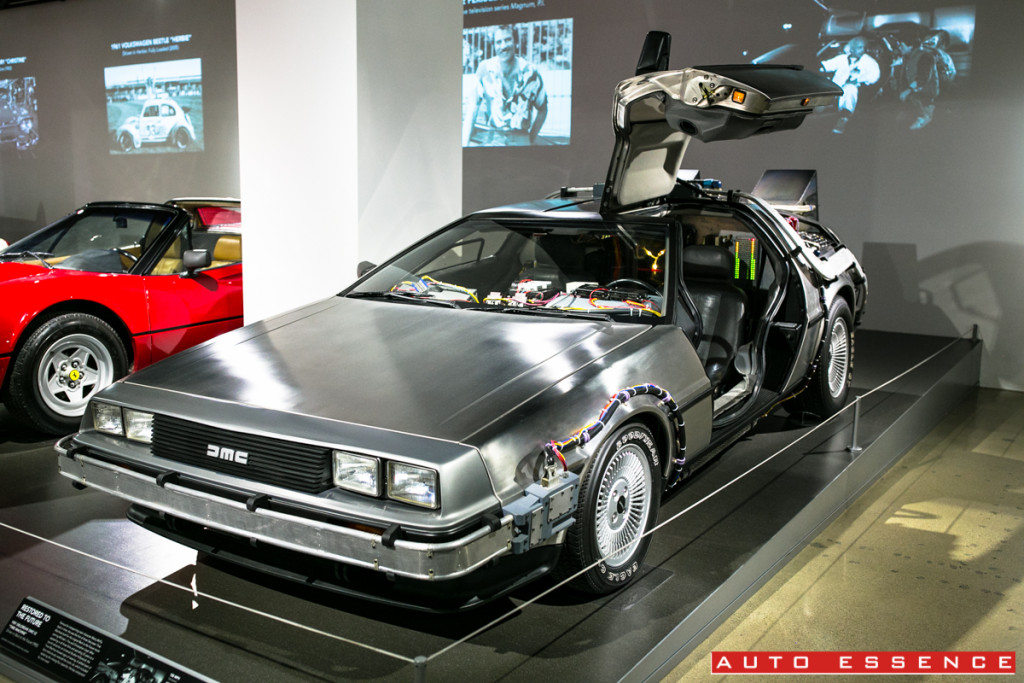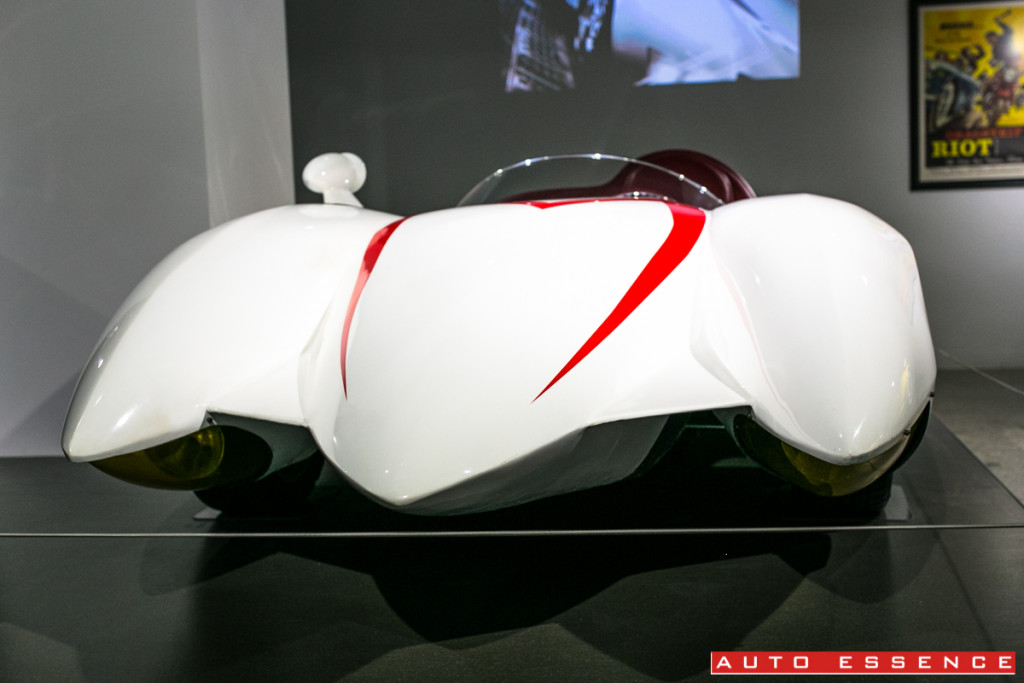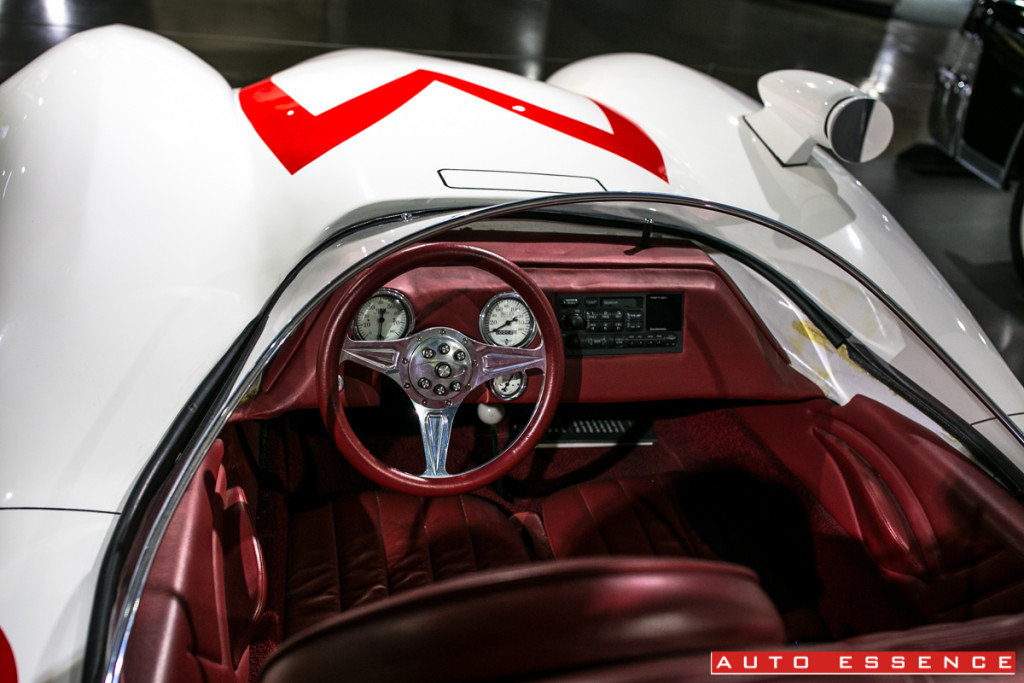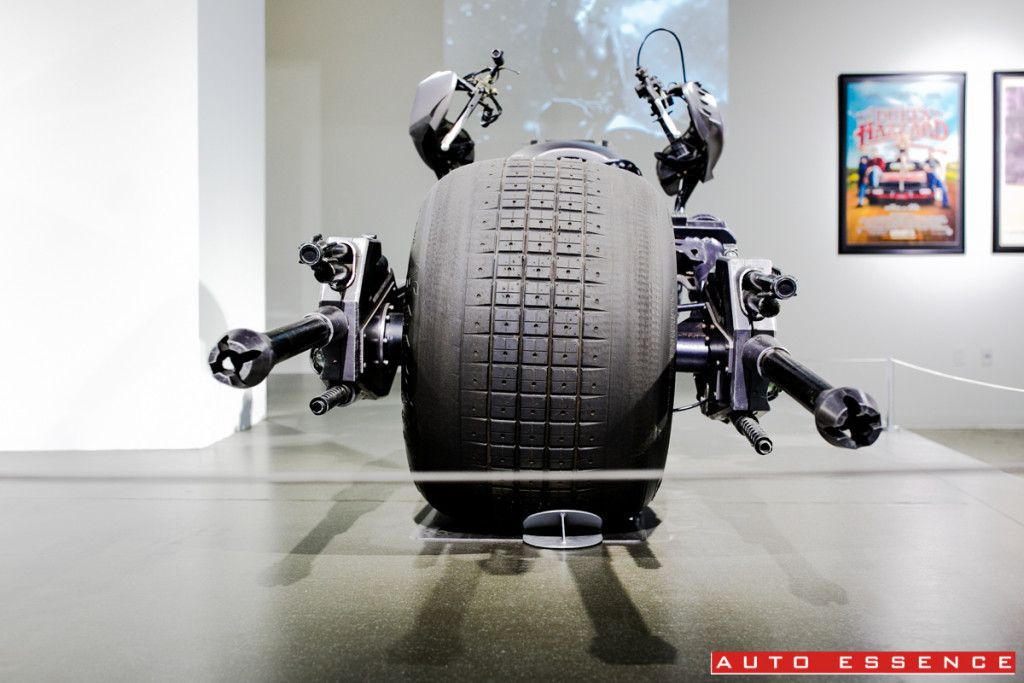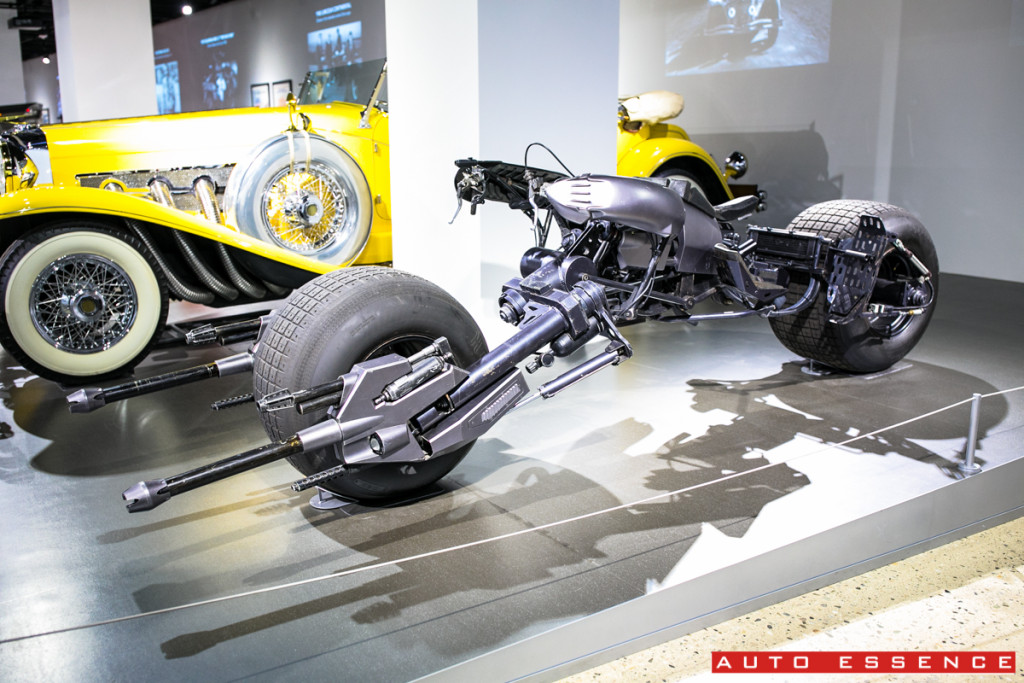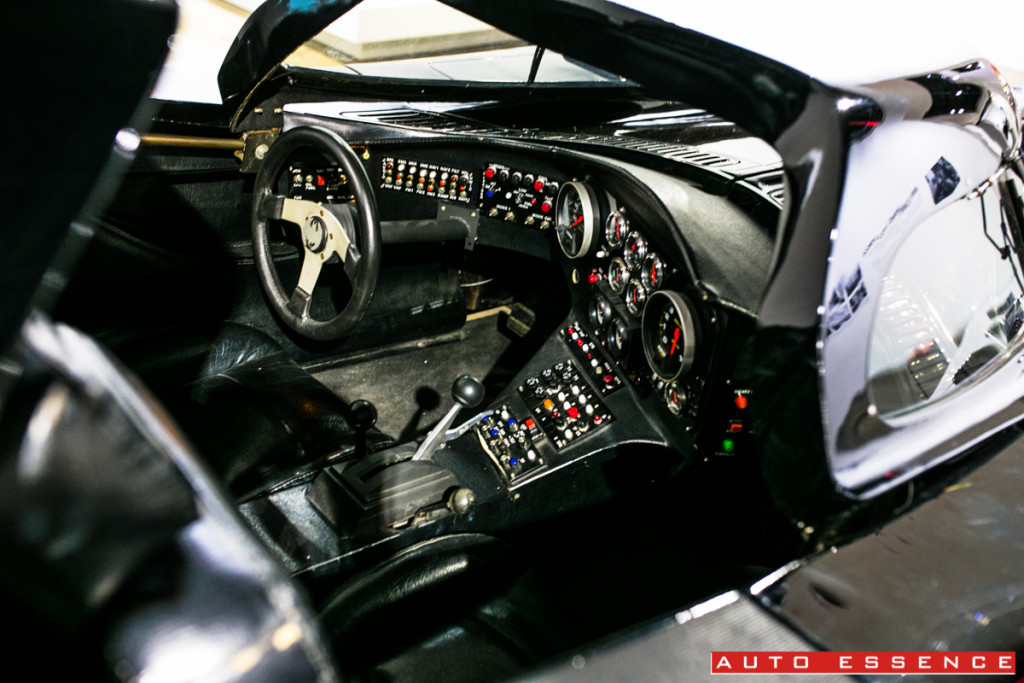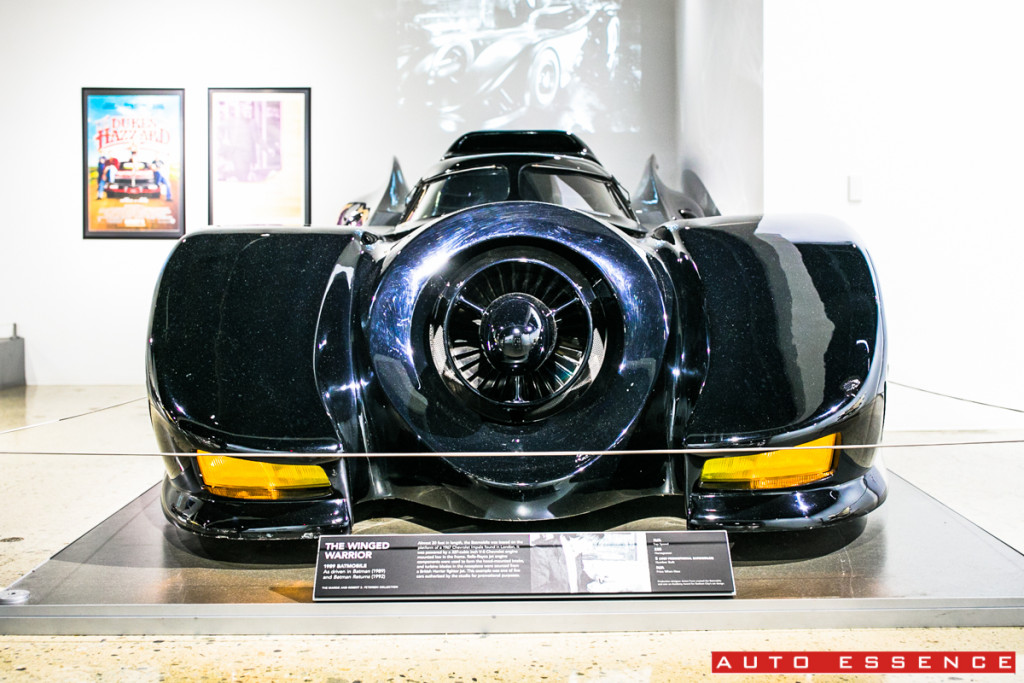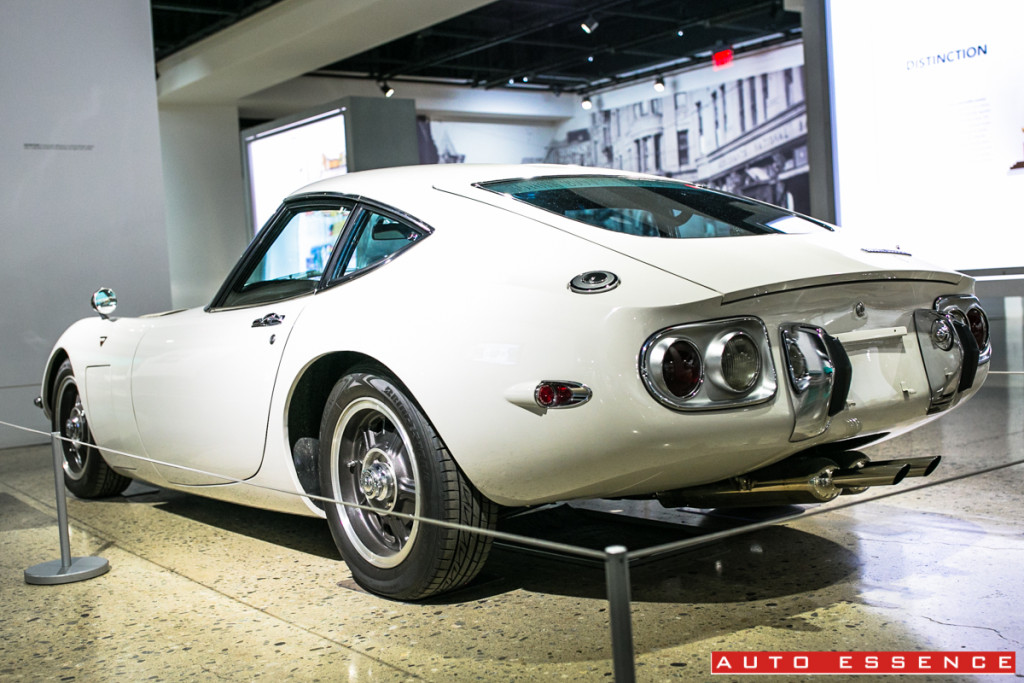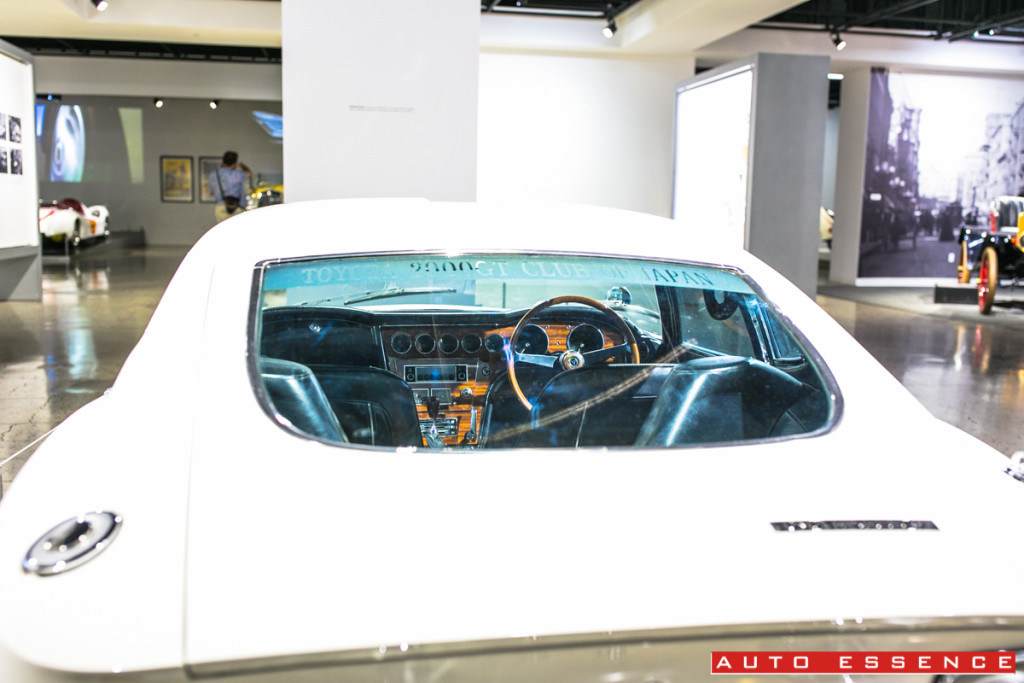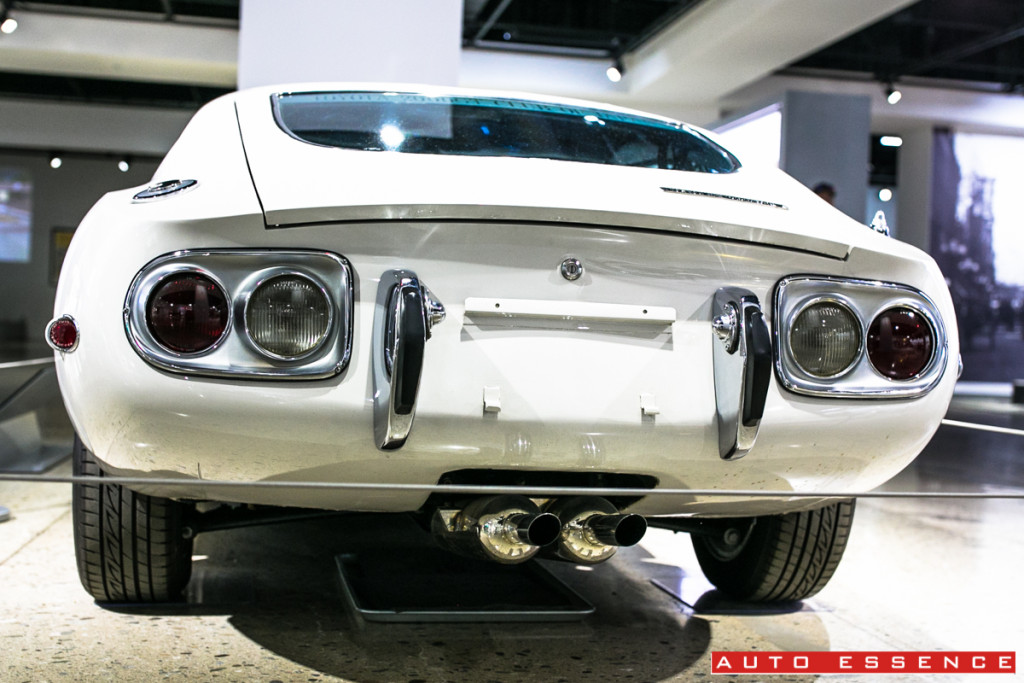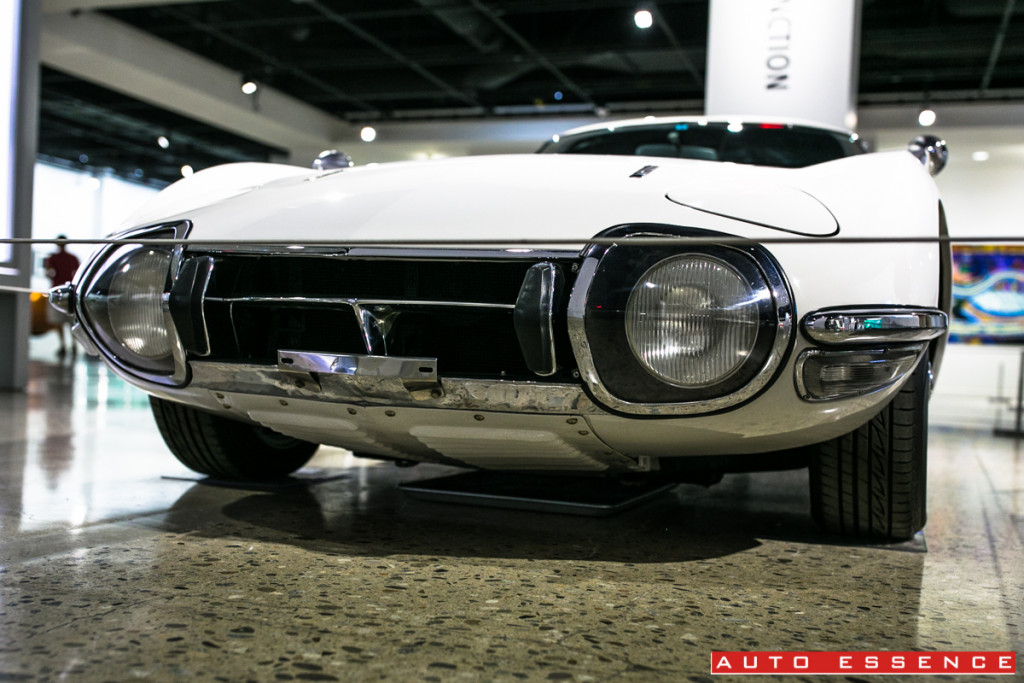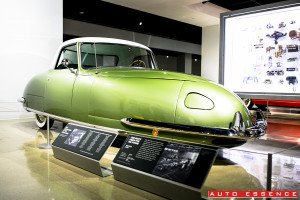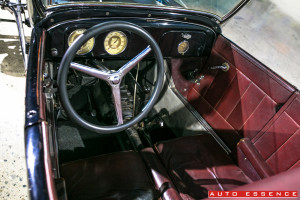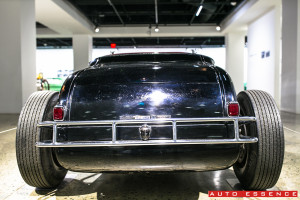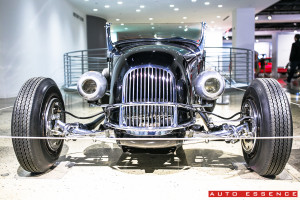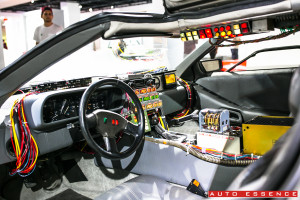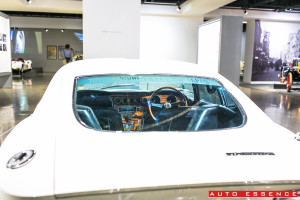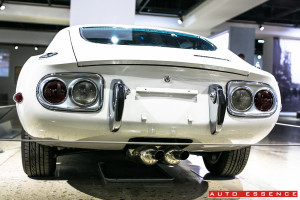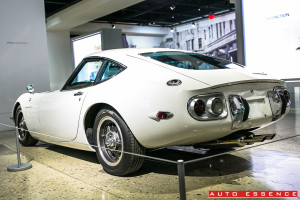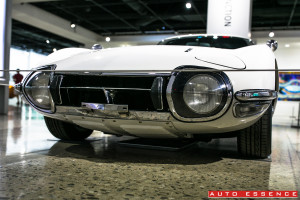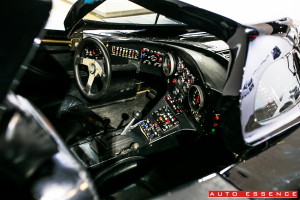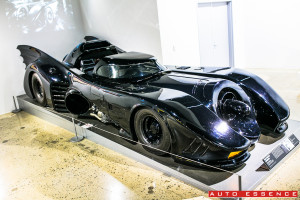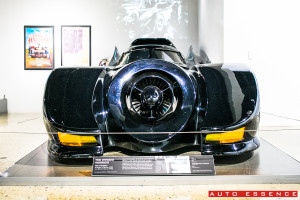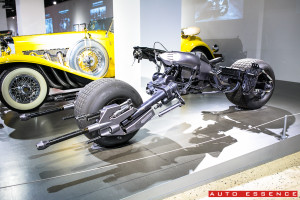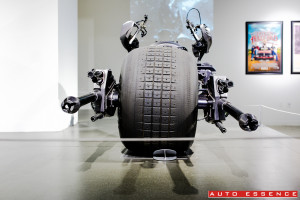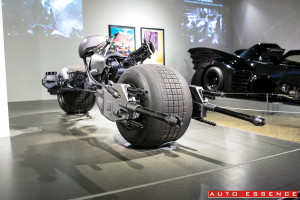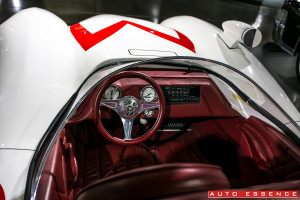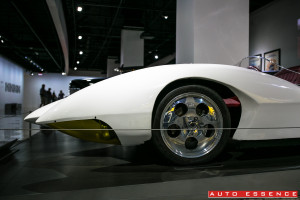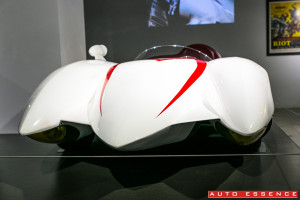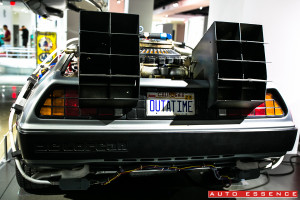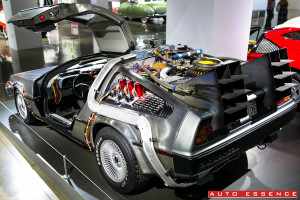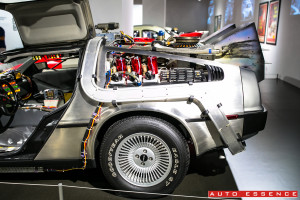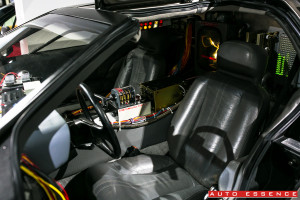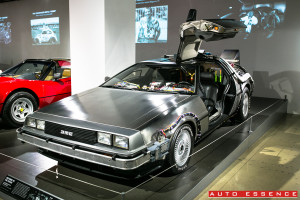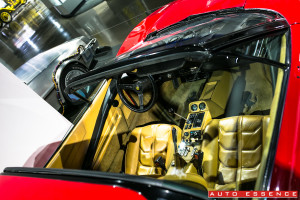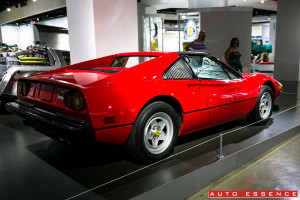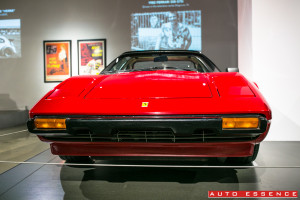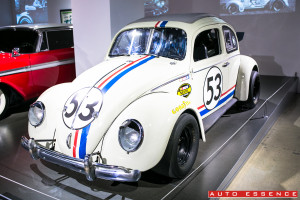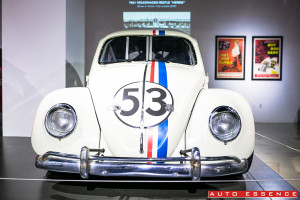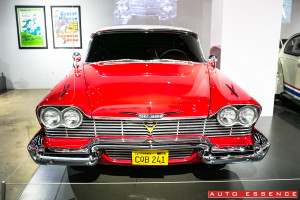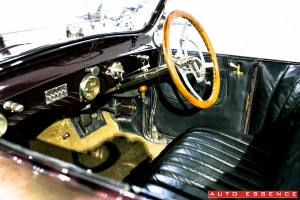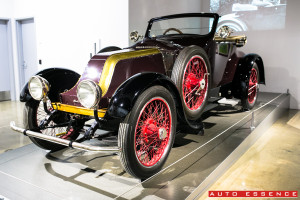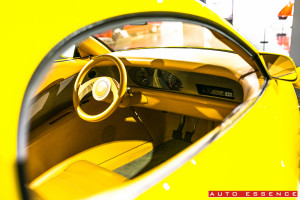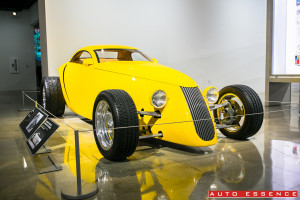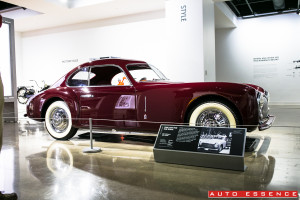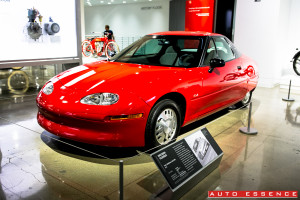Road cars or race cars, old cars or new cars; it makes little difference to me because I’m fascinated by all of them. The Petersen Automotive museum houses all types of cars under one roof. Below you will find some of my favorites from the second level of this one of a kind auto museum.
The Pixar Cars Mechanical Institute at the Petersen Automotive Museum features a life-size Lightning McQueen. The partnership with Disney Pixar allows visitors of all ages can experience the inspiration and creation of the Pixar movie Cars. Visitors can see Lightning McQueen and many other Disney Pixar Cars movie creation at the remodeled Petersen Automotive Museum.
Intended as an homage to the classic Shelby Daytona Coupe, this Ford GR-1 concept was designed at Ford’s Advanced Design Center in Irvine, California. J Mays, graduate of Pasadena’s Art Center College of Design and then-Chief Creative Officer for Ford, first noticed George Saridakis’ sketches of the GR-1 at a design review and encouraged the young designer to model his vision in clay as quickly as possible. The finished concept was executed with merely three reference sketches.
The Porsche GT1 is the first mid-engine 911, and the first 911 to feature a water-cooled engine. Porsche constructed a small series of three GT1’s for the 1997 FIA GT Championship, all of which were based on 911 GT2 Works team cars. This car (Chassis #101) competed at Le Mans Sebring and Laguna Seca. It also won the Three Hours of Zhuhai in China and successfully competed in the British GT Series. An unusually successful car the GT1 ultimately won eight races and achieved 21podium finishes of the 36 competitions in which it was entered.
A latecomer to Trans-Am racing, Chrysler’s Plymouth division backed three cars prepared by AAR in 1970, and driven by Dan Gurney and Swede Savage. To comply with Trans-Am rules, the engine was a destroked 340 cubic inch V-8. Gurney drove this car throughout the 1970 season, including his last professional race at Riverside where he qualified third and finished fifth. Shortly after the end of the season, the car was sold to Chrysler France, where it was raced in the 24 hours of Le Mans and European hill climbs. The car returned to the U.S. in the 1990s, where its original AAR livery was found still intact under layers of paint.
Driven by Bobby Unser, this All American Racers team car won the Indianapolis 500 in 1975. It was the first Indianapolis 500 victory for sponsor Earle M. Jorgensen, founder of Jorgensen Steel Corporation, the second for driver Bobby Unser, the third for car builder Dan Gurney and the thirtieth for a Drake-Offenhauser engine. The 1974 USAC National Championship winning “Olsonite Eagle” was repainted in Jorgensen blue and given the traditional Gurney #48 for the 1975 season.
The Toyota-powered Eagle Mk III GTP car was the culmination of a decade-long partnership between AAR and Toyota. AAR’s chief designer John Ward and aerodynamicist Hiro Fujimori designed the GTP Mk III and Toyota Racing Development supplied the turbocharged 16-valve DOHC inline-four cylinder engine. In addition to winning two manufacturers and two drivers championships, the Eagle MK III GTP car won every race in which it entered, including a record 17 consecutive victories.
Designed For Victory: Mercedes-Benz introduced the innovative W196 for its return to Grand Prix racing in 1954. It featured a fuel-injected straight-eight engine, a five-speed transmission, a tubular space frame and a stunning streamlined body that was developed in a wind tunnel. It was regarded as the most advanced race car of its day. Driver Juan-Manuel Fangio and Stirling Moss won 9 of 12 races with the W196 in 1954 and 1955 vefire Mercedes-Benz withdrew from racing.
Fabulous Fiberglass: Painted silver to signify the national racing color of Germany, The body on this Porsche 904 is actually made of fiberglass-reinforced plastic. This was Porsche’s first use of the lightweight material, and also their first design featuring a ladder-type chassis. This Porsche found early success in German hill climb events with privateer Joseph “Sepp” Greger at the wheel, and was later owned by noted race team leader Vasek Polak, who upgraded the 904’s 4-cylinder engine to a 6-cylinder powerplant.
Dual-Purpose Drive: The 250 GT SWB was produced fom 1960 to 1962 and became Ferrari’s ultimate dual-purpose grand turismo. Introduced at the 1959 Paris Auto Salon as a competition car, the first SWBs featured lightweight aluminum bodies and race-tuned engines. Ferrari later built a number of steel-bodied SWBs with slightly de-tuned engines, such as this example, for road use. All versions were powered by a 3.0-liter, V-12 engine with dual overhead camshafts and three Weber carburetors.
In 1951 Nash motor company collaborated with British engineer Donald Healey to produce the Nash Healey, an Anglo-American hybrid that used the chassis of the Healey Silverstone sports car and the six-cylinder engine of the Nash. A mere 104 British-bodied Nash-Healey roadsters were built before a chance meeting between Charles Nash and Battista “Pinin” Farina aboard an ocean liner led to a collaboration that would impact the styling of the entire Nash lineup. Introduced in 1952, the new Pinin Farina designed Nash-Healey combined recognizable styling elements of full-size Nash vehicles with the fleet silhouette popularized by the Italian school.
This custom Tudor exemplifies the nostalgia and artistry that persist in contemporary American hot rod culture. Designers Andy Lowry and Gary Wood were inspired by the fortified but lightweight riveted paneling of midcentury bombers, hearkening back to the golden age of hot rods in the postwar period. In keeping with the aviation design theme, this hot rod features leather bomber seats, an aircraft-style instrument panel, and over 2,500 hand-laid rivets. It is powered by a 1930s 276-cubic inch Ford flathead engine with a Roadrunner Weiand supercharger.
Based on a production 1948 Cadillac Sedanette fastback and inspired by Japanese movie monsters, CadZZilla was one of many custom cars commissioned by Billy F Gibbons, guitarist for the rock band ZZ Top. The striking vehicle is powered by a massive 500 cubic-inch V-8 Cadillac engine and has appeared on covers of numerous magazines and ZZ Top albums.
Though conceived by Jaguar engineers in their spare time, the XJ220 held so much promise that company executives elected to put it into production. Like those of previous Jaguars, the XJ220’s model designation was derived in part from its top speed of 220 miles per hour, the fastest of any production vehicle at the time. Its twin-turbo, 3.5-liter V-6 engine produced 542 horsepower. Acceleration from zero to sixty miles per hour took a mere 3.5 seconds. The declining demand for supercars during the 1990s assured that the market was quickly saturated and a mere 350 of the $678,000 exotic cars were produced.
Of the many cars owned by actor Steve McQueen, this race-bred Jaguar was his favorite. He enjoyed driving the car fast and is reported to have received enough speeding tickets that his driver’s license was almost suspended twice during his first year of ownership. Unhappy with the original white paint and red interior, McQueen had the car repainted an appropriate British racing green and re-trimmed with black 149 MPH leather upholstery.

